 Abraham Lincoln
If given the truth, the people can be depended upon to meet any national crisis...
Abraham Lincoln
If given the truth, the people can be depended upon to meet any national crisis...
 Guildford news...
for Guildford people, brought to you by Guildford reporters - Guildford's own news service
Guildford news...
for Guildford people, brought to you by Guildford reporters - Guildford's own news service
Birdwatcher’s Diary No.276
Published on: 5 Apr, 2023
Updated on: 4 Apr, 2023
By Malcolm Fincham
Inclement weather continued to be the theme during the latter stages of March with above average rainfall conveyed on prevailing Atlantic westerlies.
I had not had the opportunity of seeing a great grey shrike for several years now, with none seen in recent years wintering on Thursley Common. Checking my records the last one I had viewed in Surrey was on Frensham Common, on February 22 2020.
Of little surprise to my readers here, it didn’t need much encouragement to accept an invite from Bob and Dougal to visit Blackdown hill, just beyond Haslemere, where one had been reported wintering. This on an overcast but dry March 16.
The shrike, however, was playing hard to find. The best we could do for sightings of any kind while walking the heathland were a few Dartford warblers.
Several stonechats.
And a small group of linnets.
And our first woodlark of the year, in song.
Having almost given up, and beginning our walk back to the car park, the shrike finally gave itself up, perching for a good minute or so in a tree just 50 or so yards away. It allowed me the time for a few record shots.
An afternoon visit to Thundry Meadows at Elstead gave me the opportunity to photo a still wintering female goosander along the River Wey.
While the call of a lesser spotted woodpecker alerted us to its position high up in a line of alder trees. The first we had seen this year.
Also adding to the day list, while spending much of our time heads cricked to the treetops, was a raven and a peregrine, passing through.
A common buzzard also added to the day’s listings.
And a pair of mandarin ducks also flew past following the line of the river.
The spring equinox fell on March 21, and with a clearing sky I decided with just a few hours before dusk to visit Britten’s Pond to see what I could capture in the way of photos during the brief time I had to spare.
On my arrival I was delighted to find a small group of mining bees. I had previously discovered about this time last year.
They had emerged from the base of an oak tree, close to the bank of the pond. These I believe to be https://www.naturespot.org.uk/
They are often the first solitary species of bee to be found in the spring, sometimes flying as early as mid February. They forage almost exclusively from sallow blossom.
As the sallows around the pond began to break from their buds, a blue tit could be viewed feeding on the nectar.
Also on my walk around the pond I noted a few queen bumblebees had begun to emerge. These are important pollinators of many plants and fruiting trees.
A pair of goldcrests had linked up and could be seen in close association with each other.
While several chiffchaffs could be seen in song on the walk around the pond.
The resident kingfisher continued to regularly show. Several attempts to capture a photo of it in flight eventually paying off!
While also getting several shots of it perched up at respective locations around the pond.
It was quite a surprise that he wasn’t the only bird there catching small fish during my time there.
To my amazement while photographing a carrion crow low over the water, it dipped its head in below the surface and flew off with with a silver fry in its beak.
With the fishing season closed for anglers, cormorants were now taking advantage of the inactivity around the pond, often seeing as many as four in or about the waters.
While a rather unusual Canada goose could seen among the small groups of fellow Canada geese present.
Coots chased each other about the water in their usual ungainly fashion.
While the two resident mute swans got in their daily exercise flying around the pond.
Just beyond the boundary of the circular walk, in the field on the far side of the outlet stream, two buck roe deer could be viewed.
One was a fully grown adult. Its antlers looked fully formed, heavily textured with lots of nodules.
While the other buck’s antlers were still in velvet.
In the tall pines by the railway embankment, a pair of great spotted woodpeckers could be seen and heard drumming.
Although similar in their sizes, the adult male could be recognised by the red patch on its neck at the base of its crown, which is absent in females.
The sound of a treecreeper alerted me to the direction of its call. Although highly cryptic in its camouflage, its movement eventually gave it away as it crept up the tree, probing the bark for insects with its needle-like beak.
While in the tops of the tall trees at the back of the pond rooks could be viewed about their nest-sites already tending to their young.
On a visit to Frensham Great Pond on March 23 with Dougal, while looking out across the water through the dull and drizzly conditions we were able to pick out our first sand martins of the year, counting five flying low over the water.
On March 25 at Tice’s Meadow we also added another two to our sand martins’ sightings.
While on one of the posts sticking out of the water in front of ‘Horton’s mound’, among the many black-headed gulls present, a Mediterranean gull could be viewed.
A green sandpiper was also present, although distant to view.
And across the water the addition of two new tern rafts had been delivered, now awaiting to be set into position for the arrival of the summer visiting common terns.
A fox also put in an appearance.
Also, that day was the addition of just my second species of butterfly to this year’s sightings. My first brimstone of the year.
Impressed by my previous observations of the biodiversity work on the farmlands at Shackleford, we revisited.
The large flocks of linnets and goldfinches had greatly thinned out in their numbers as many had begun to move on to their breeding grounds. As had, it seemed, the three corn buntings that had wintered there.
A cacophony of sound from the skylarks continued to be a delight to perceive.
Red kites continued to be a common sight about the farmland.
While the most impressive sight to my eyes on this latest visit were the vast number of stock doves.
An estimated conservative reckoning of well over 800 individuals could be counted.
Regularly they took to the air like a swam of giant bees, circling as one, then returning to ground, out of sight and hidden by the stubble, to feed on the grain.
Elsewhere, several wheatears had begun to be reported at various locations in Surrey during the last week of the month. Once again, in the company of Bob and Dougal, on March 27 we visited Staines Moor where we were able to view our first two new wheatear arrivals of the year.
On hearing reports of a Camberwell beauty butterfly on Wisley Common we decided to attempt to view it on our return journey.
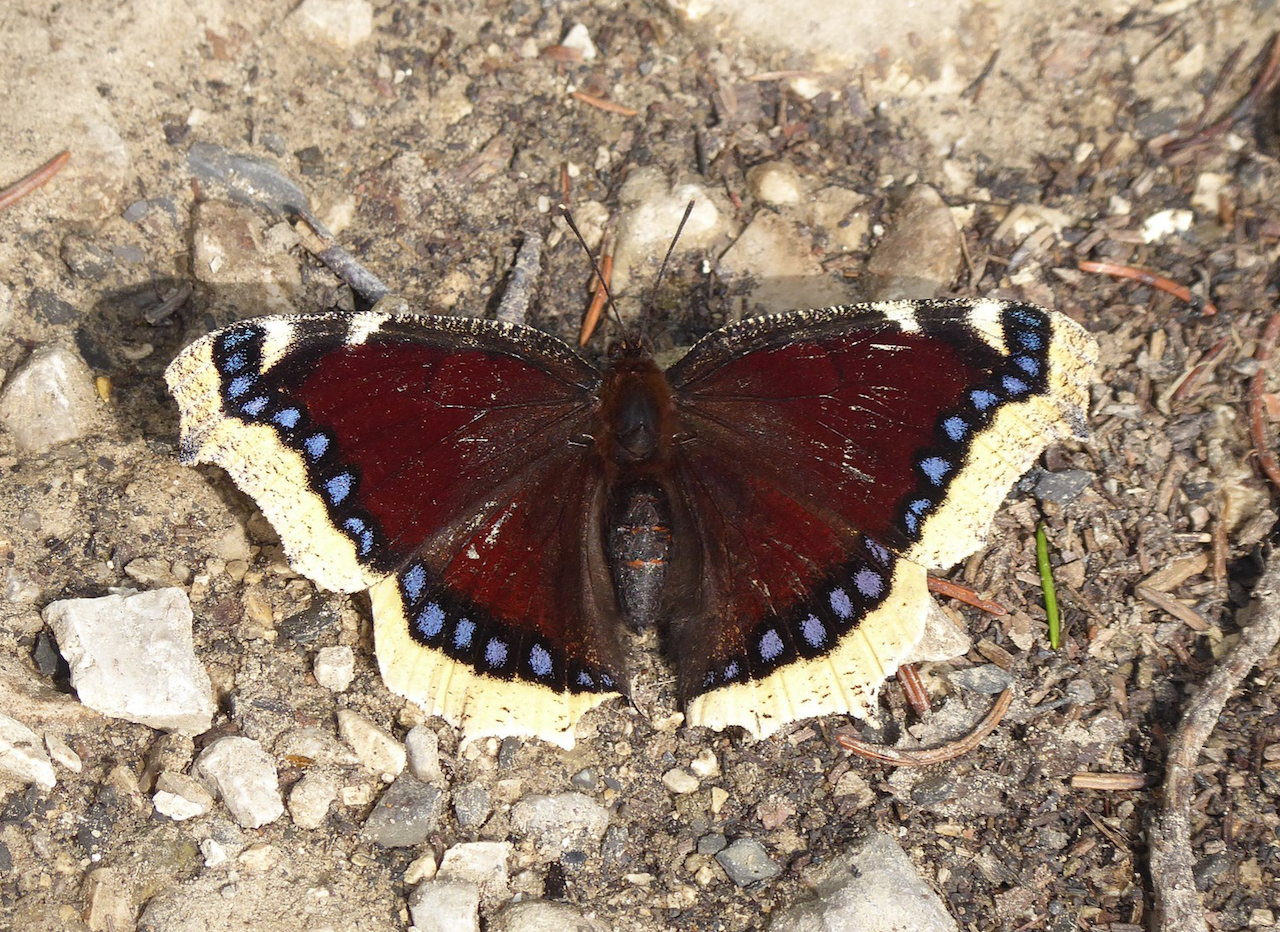
A Camberwell beauty butterfly. This one photographed at the lake of Tovel (Trentino, Italy), by Syrio, courtesy Wikimedia Commons.
It had apparently been spotted by the director of Surrey Wildlife Trust’s ‘reserves management, James Herd. These butterflies are rarely sighted in the UK, and when are they’re usually a summer migrant from Europe.
Unfortunately, by the time we had got there the sun had gone in and it was no longer flying. By late afternoon all attempts to retrace it were abandoned.
An interesting sighting however was a lone snake’s-head fritillary flower.
These, I’m informed, were once common. But in recent times the carpets of this flower that once straddled our rivers and adorned our wet meadows around the Thames Basin have become a rare sight.
With British Summertime commencing it was allowing more time to dodge the rainfall before sunset. This included a late afternoon visit to the Riverside Nature Reserve, near Burpham, on March 30.
My most notable sightings included a few sprigs of cuckoo flower, also commonly known as lady’s smock, now poking out from the water-sodden marsh that surrounded the boardwalk.
While a small raft of wintering tufted ducks could still be viewed out on the lake.
A new addition to this year’s sightings, arriving on the front edge of yet another incoming overcast shower of rain, were a small group swallows, hawking over the lake. Possibly not enough to make a summer? But a count of five was eventually achieved.
I was also able to add to my first sightings a blackcap, what was for me the long awaited sound of its melodic early summer song.
Spending more time than I wished for at home, due to the weather, looking through my rain-splattered windows at overcast skies, it was a ‘godsend’ to learn that Woking’s peregrine webcam was back on line.
One and all can now, once again, view their progress. Now presently incubating three eggs!
Responses to Birdwatcher’s Diary No.276
Leave a Comment Cancel replyPlease see our comments policy. All comments are moderated and may take time to appear.
Recent Articles
- Guildford Institute’s Crowdfunding Project for Accessible Toilet in its New Community and Wellbeing Centre
- Letter: Guildford – Another Opportunity Missed?
- Letter: GBC’s Corporate Strategy – Where Is the Ambition?
- My Memories of John Mayall at a Ground-breaking Gig in Guildford Nearly Six Decades Ago
- Westborough HMO Plans ‘Losing the Heart of the Street’ Says Resident
- College Invests to Boost Surrey’s Economy and Close Digital Skills Gap
- Community Lottery Brings Big Wins for Local Charities
- GBC Housing Plan Promises ‘A Vibrant Urban Neighbourhood’ Near Town Centre
- Hospital Pillows ‘Shortage’ at the Royal Surrey
- Updated: Caravans Set Up Camp at Ash Manor School


Recent Comments
- Ian Macpherson on Updated: Main Guildford to Godalming Road Closed Until August 1
- Sara Tokunaga on GBC Housing Plan Promises ‘A Vibrant Urban Neighbourhood’ Near Town Centre
- Michael Courtnage on Daily Mail Online Reports Guildford Has Highest-paid Council Officer
- Alan Judge on GBC Housing Plan Promises ‘A Vibrant Urban Neighbourhood’ Near Town Centre
- John Perkins on GBC Housing Plan Promises ‘A Vibrant Urban Neighbourhood’ Near Town Centre
- S Collins on GBC Housing Plan Promises ‘A Vibrant Urban Neighbourhood’ Near Town Centre
Search in Site
Media Gallery
Dragon Interview: Local Artist Leaves Her Mark At One of England’s Most Historic Buildings
January 21, 2023 / No Comment / Read MoreDragon Interview: Lib Dem Planning Chair: ‘Current Policy Doesn’t Work for Local People’
January 19, 2023 / No Comment / Read MoreA3 Tunnel in Guildford ‘Necessary’ for New Homes, Says Guildford’s MP
January 10, 2023 / No Comment / Read More‘Madness’ for London Road Scheme to Go Ahead Against ‘Huge Opposition’, Says SCC Leader
January 6, 2023 / No Comment / Read MoreCouncillor’s Son Starts Campaign for More Consultation on North Street Plan
December 30, 2022 / No Comment / Read MoreCounty Council Climbs Down Over London Road Works – Further ‘Engagement’ Period Announced
December 14, 2022 / No Comment / Read MoreDragon Interview: GBC Reaction to the Government’s Expected Decision to Relax Housing Targets
December 7, 2022 / No Comment / Read MoreHow Can Our Town Centre Businesses Recover? Watch the Shop Front Debate
May 18, 2020 / No Comment / Read More



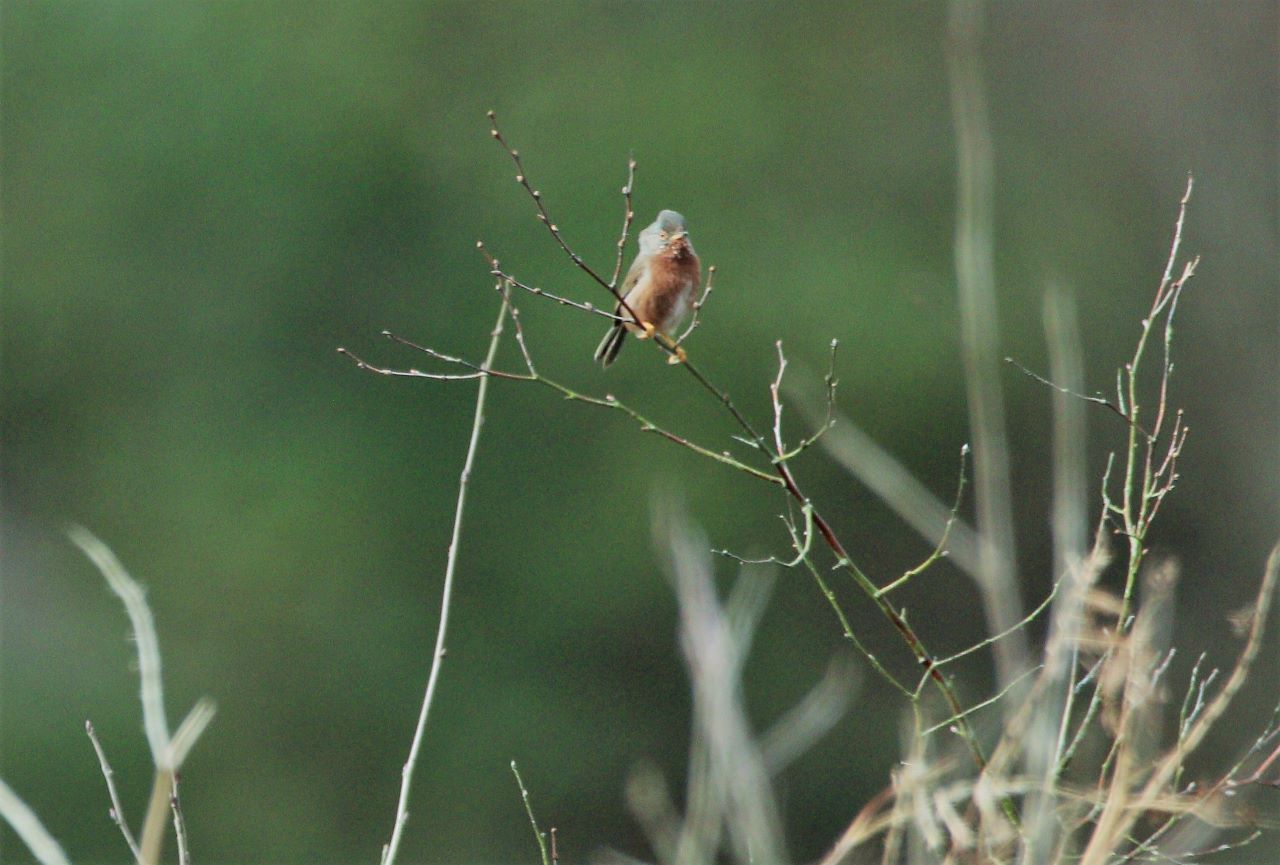
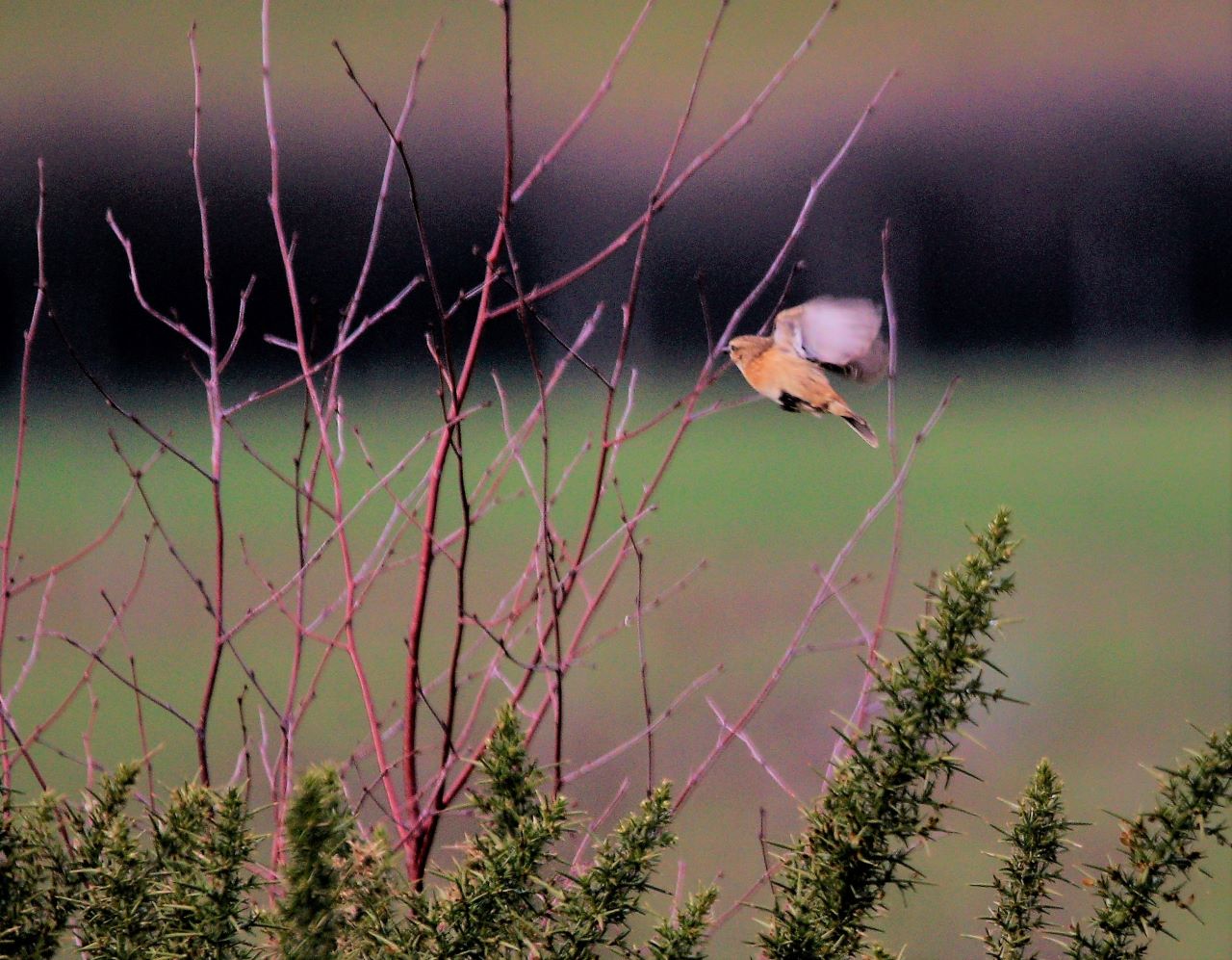
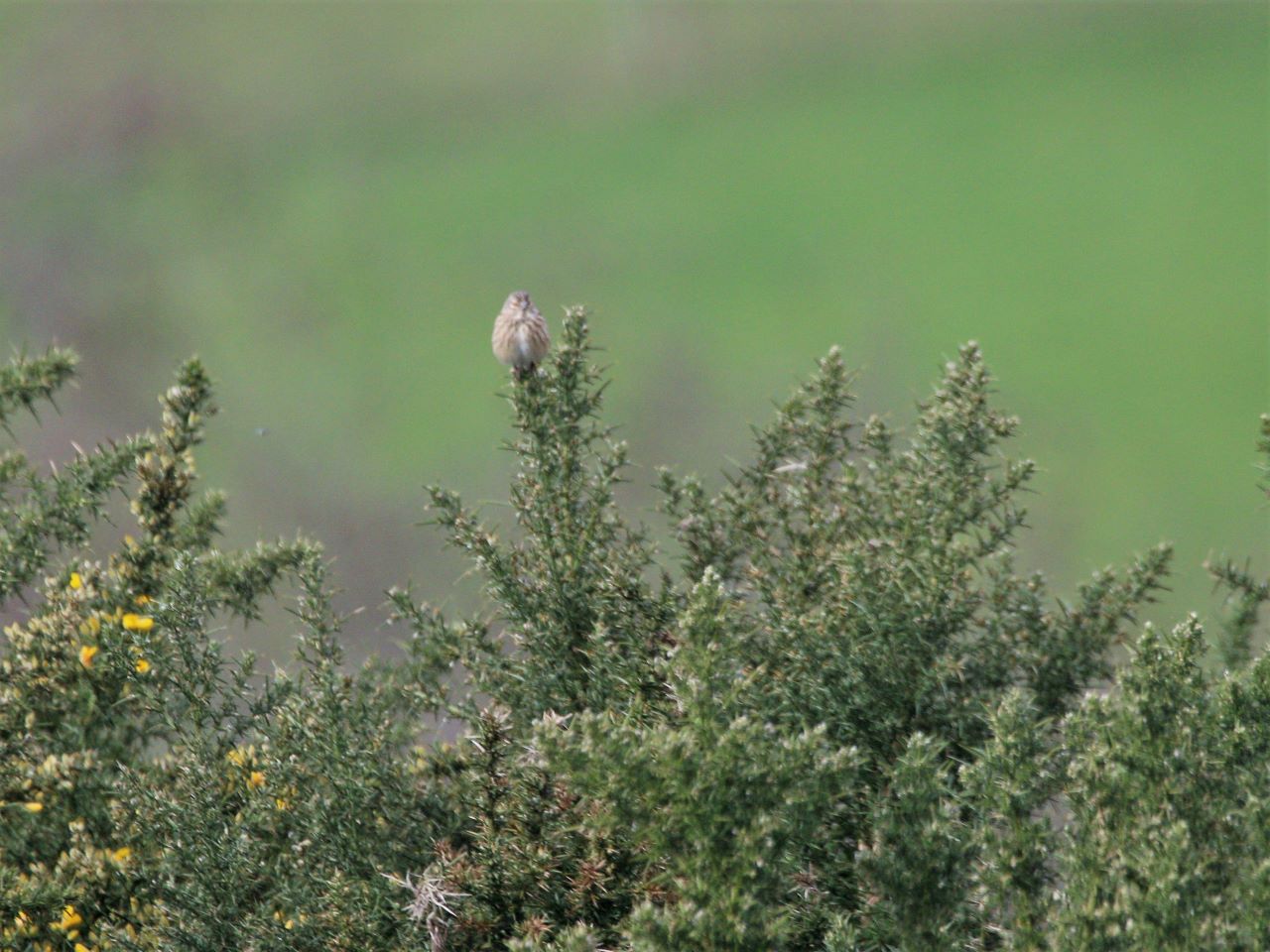
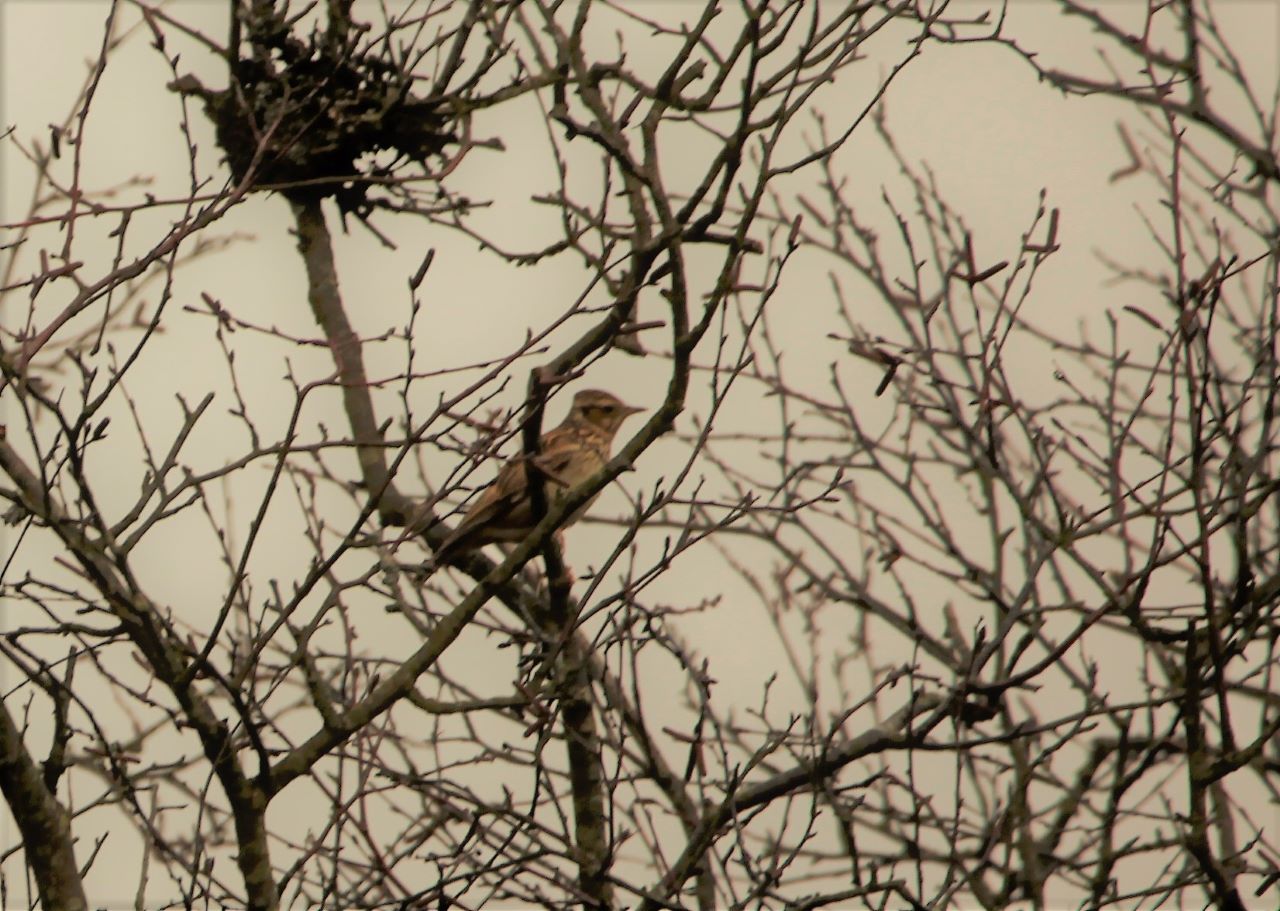
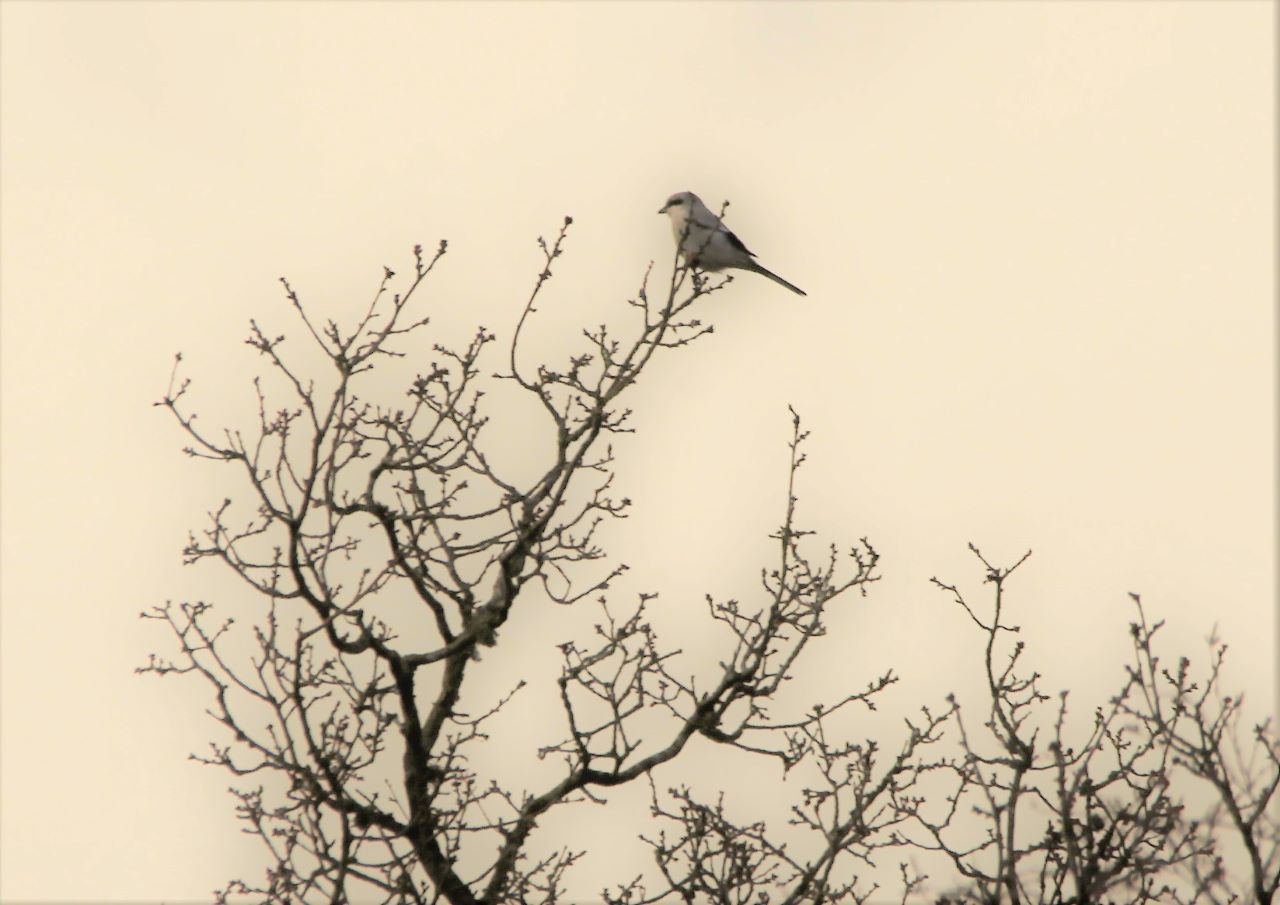
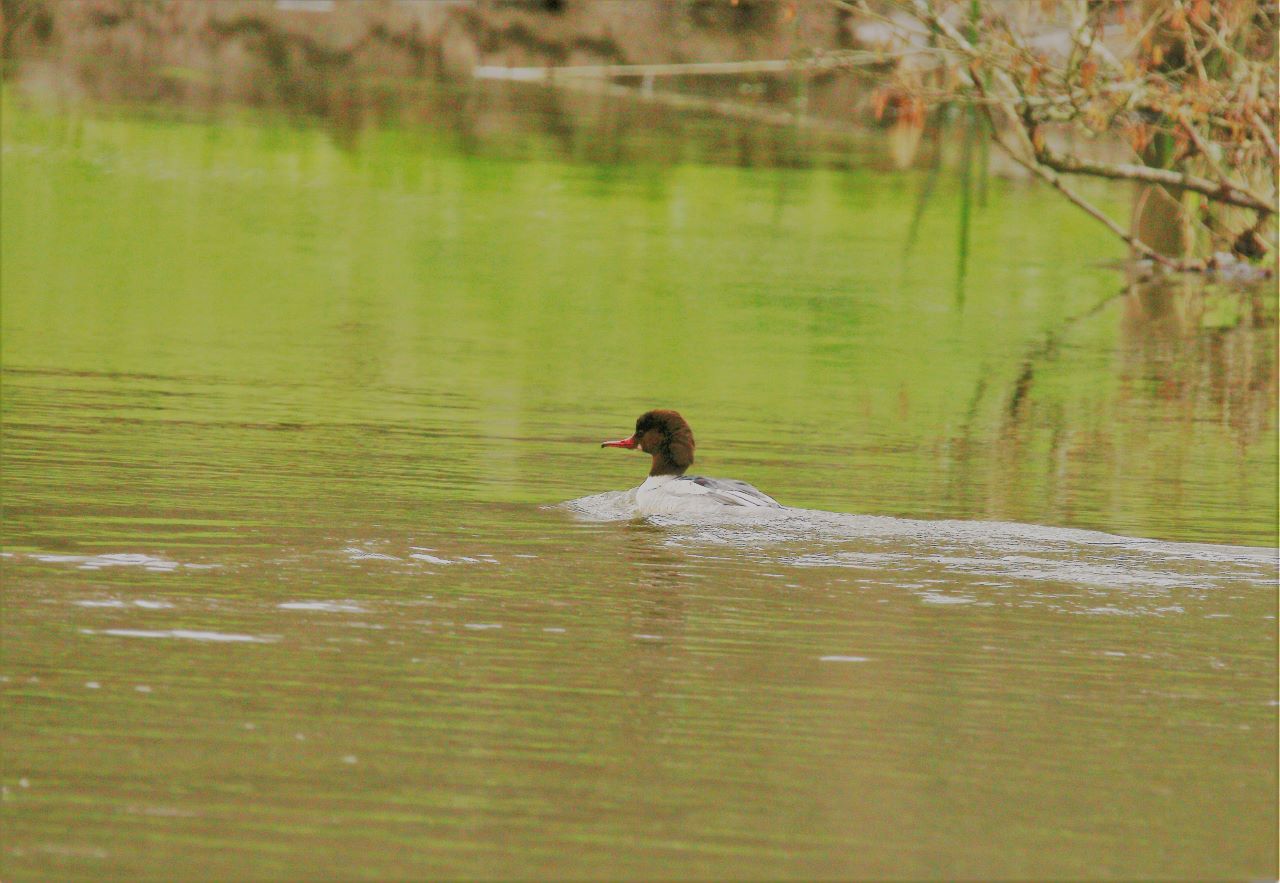
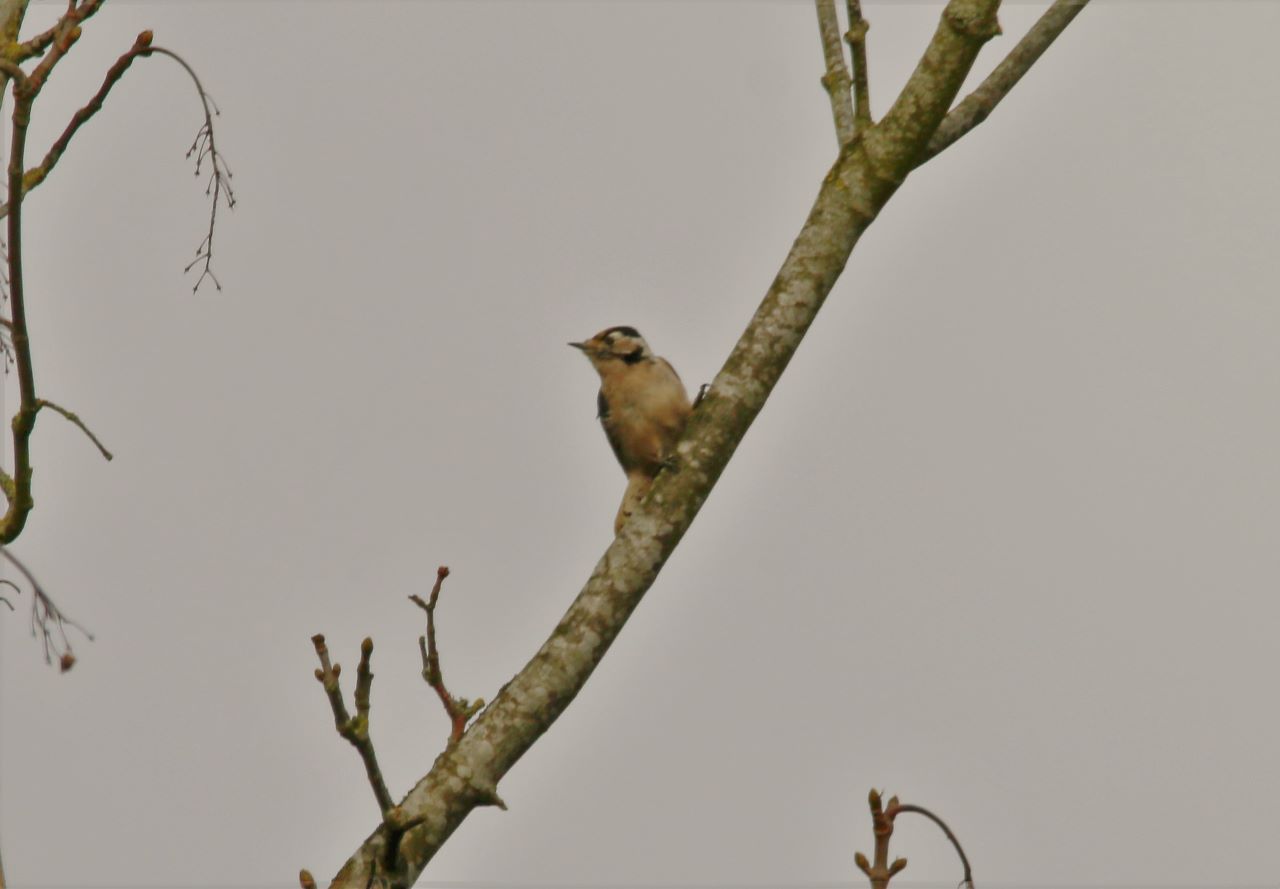

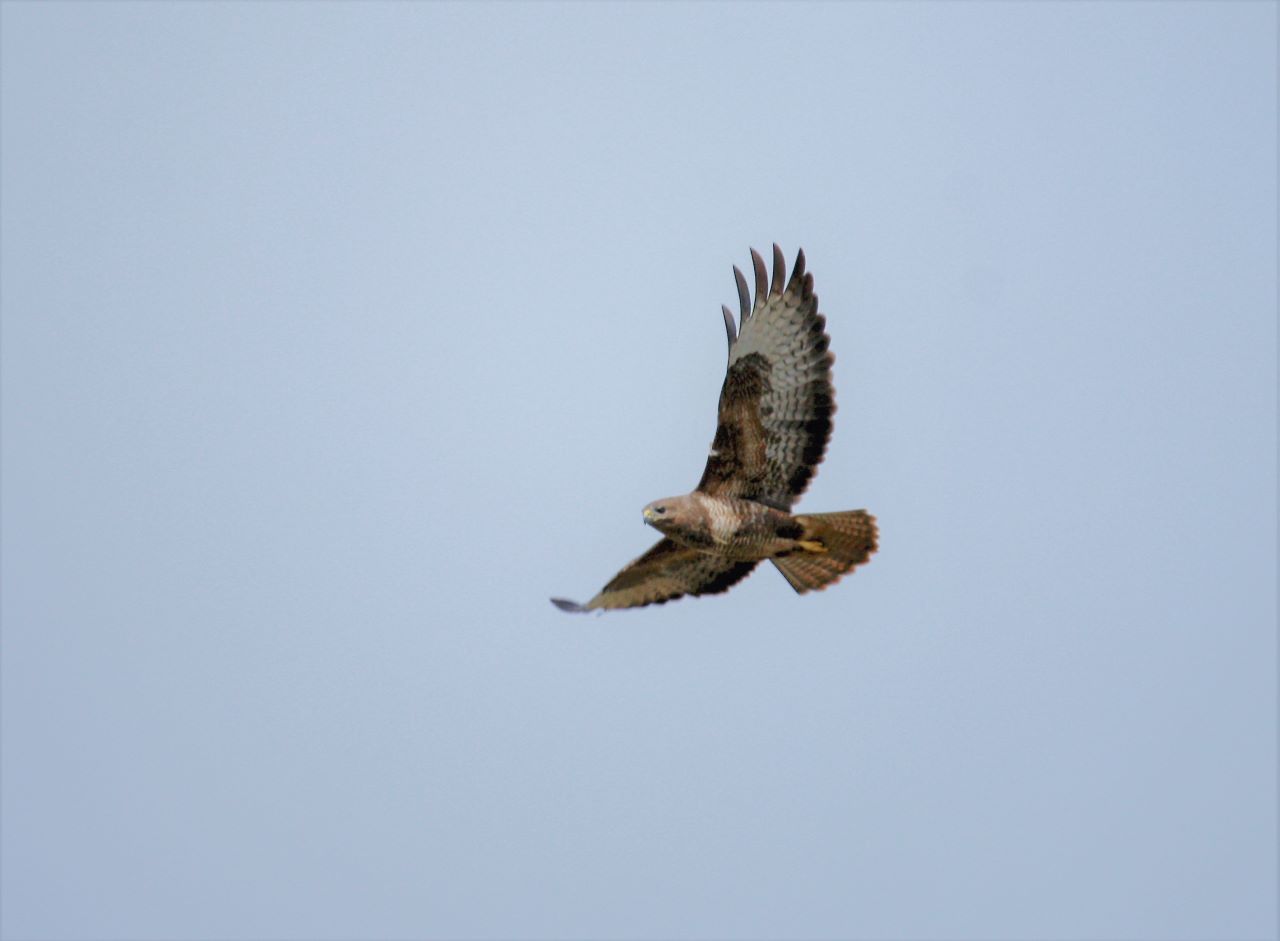
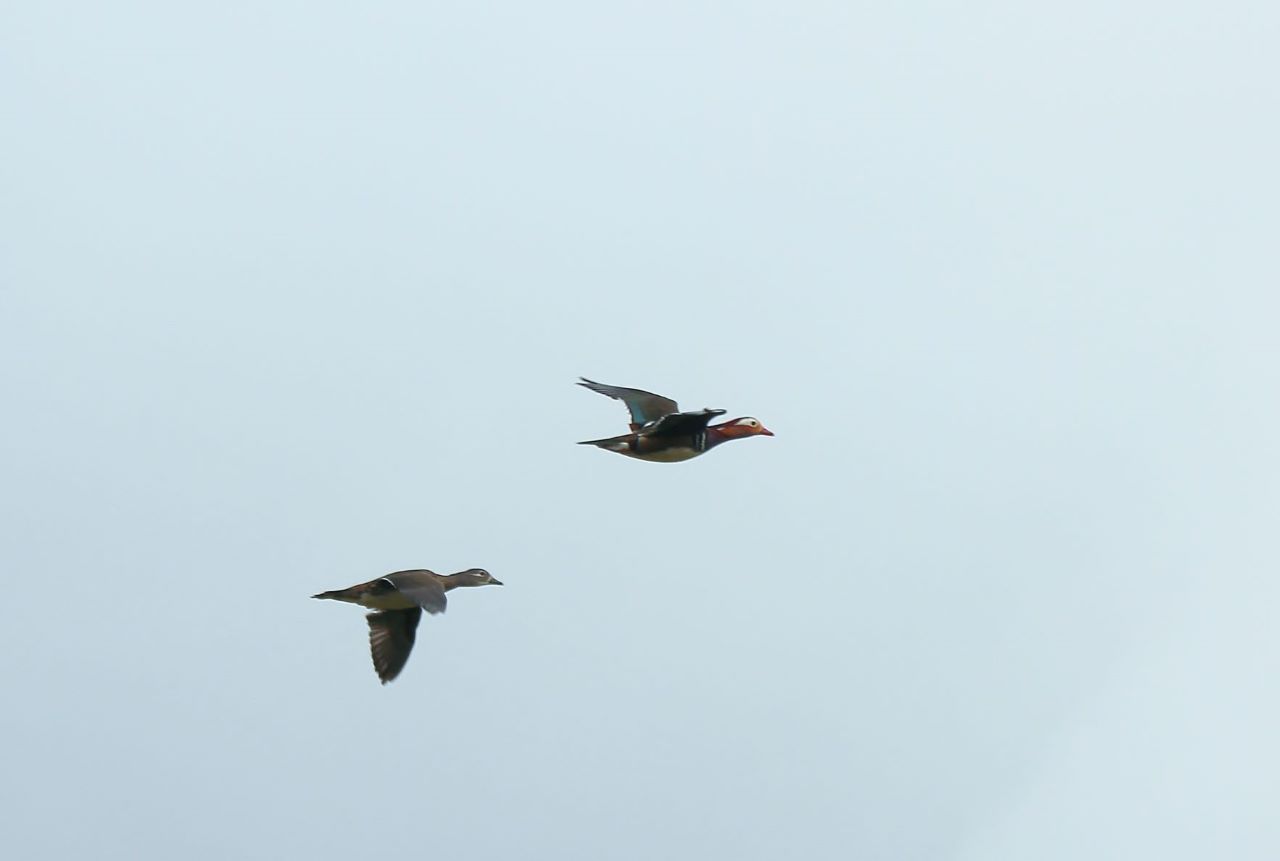
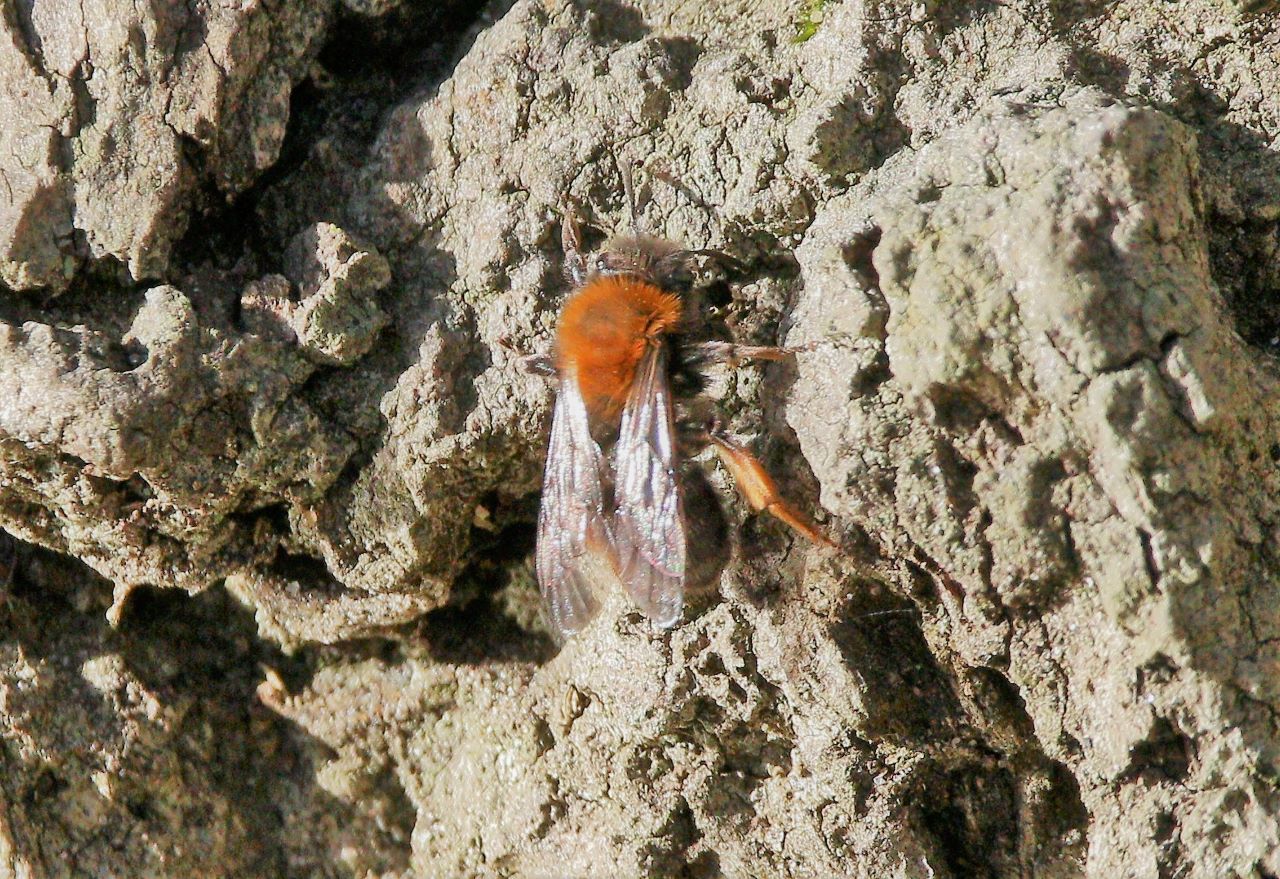
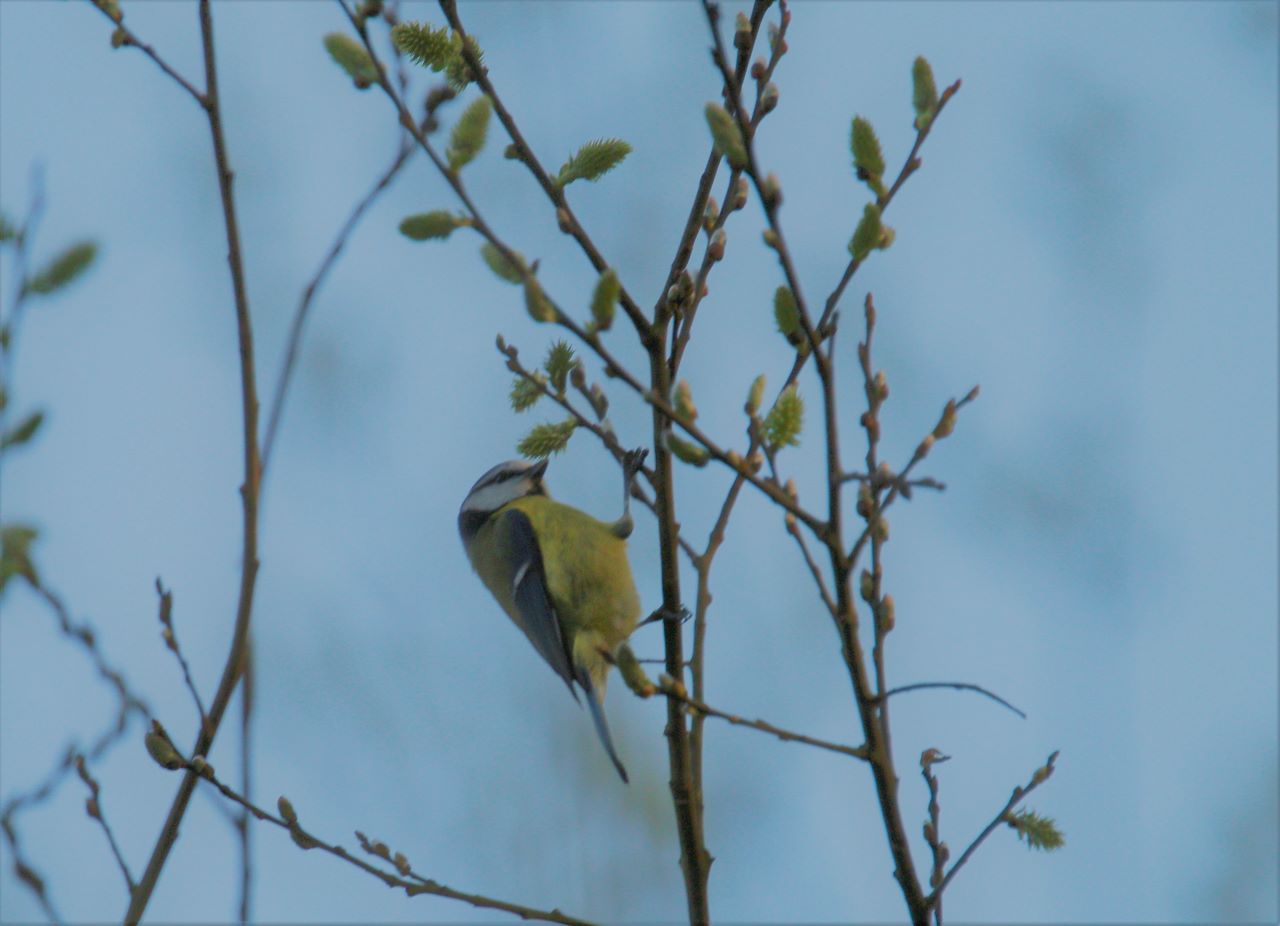

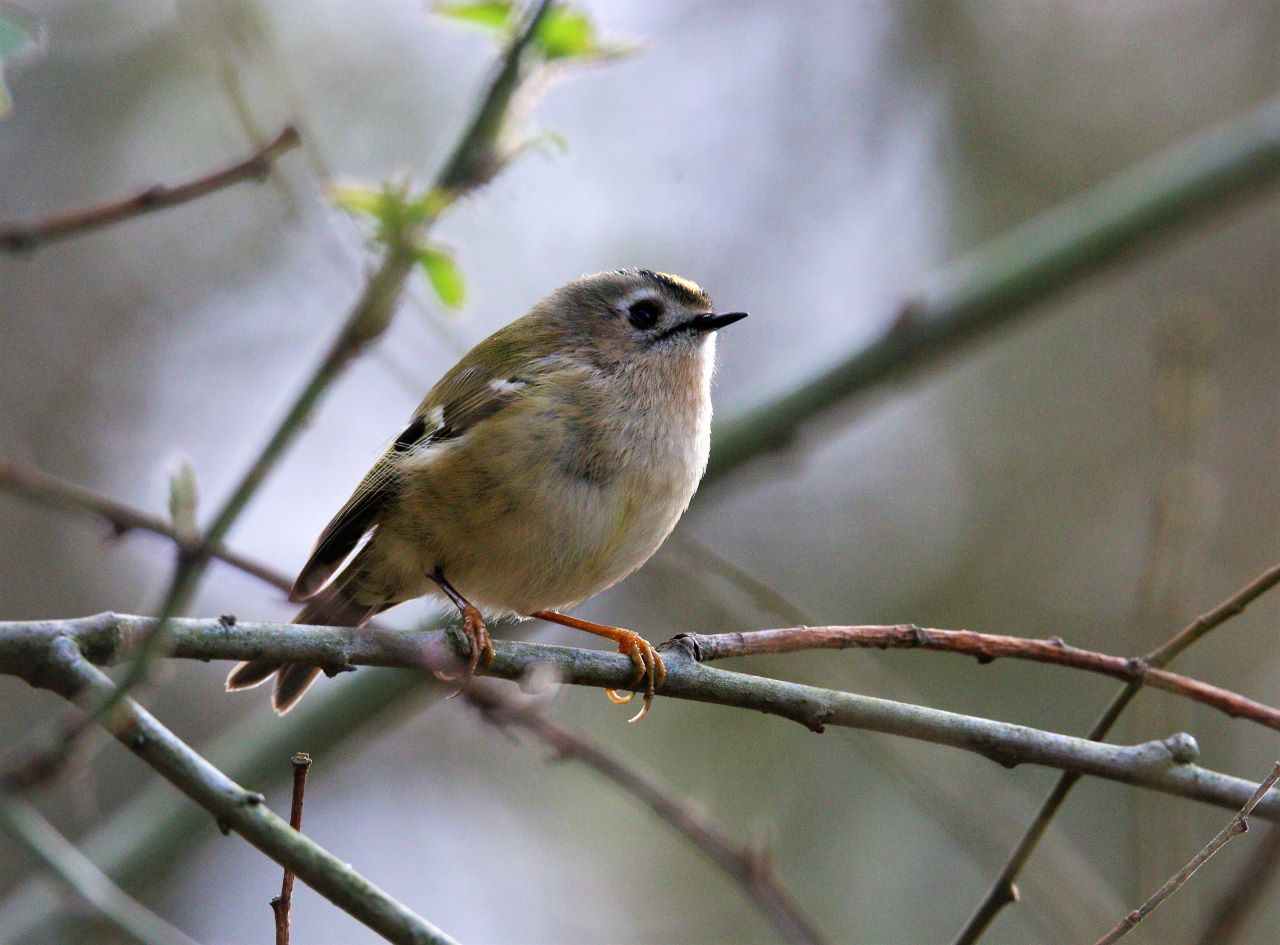
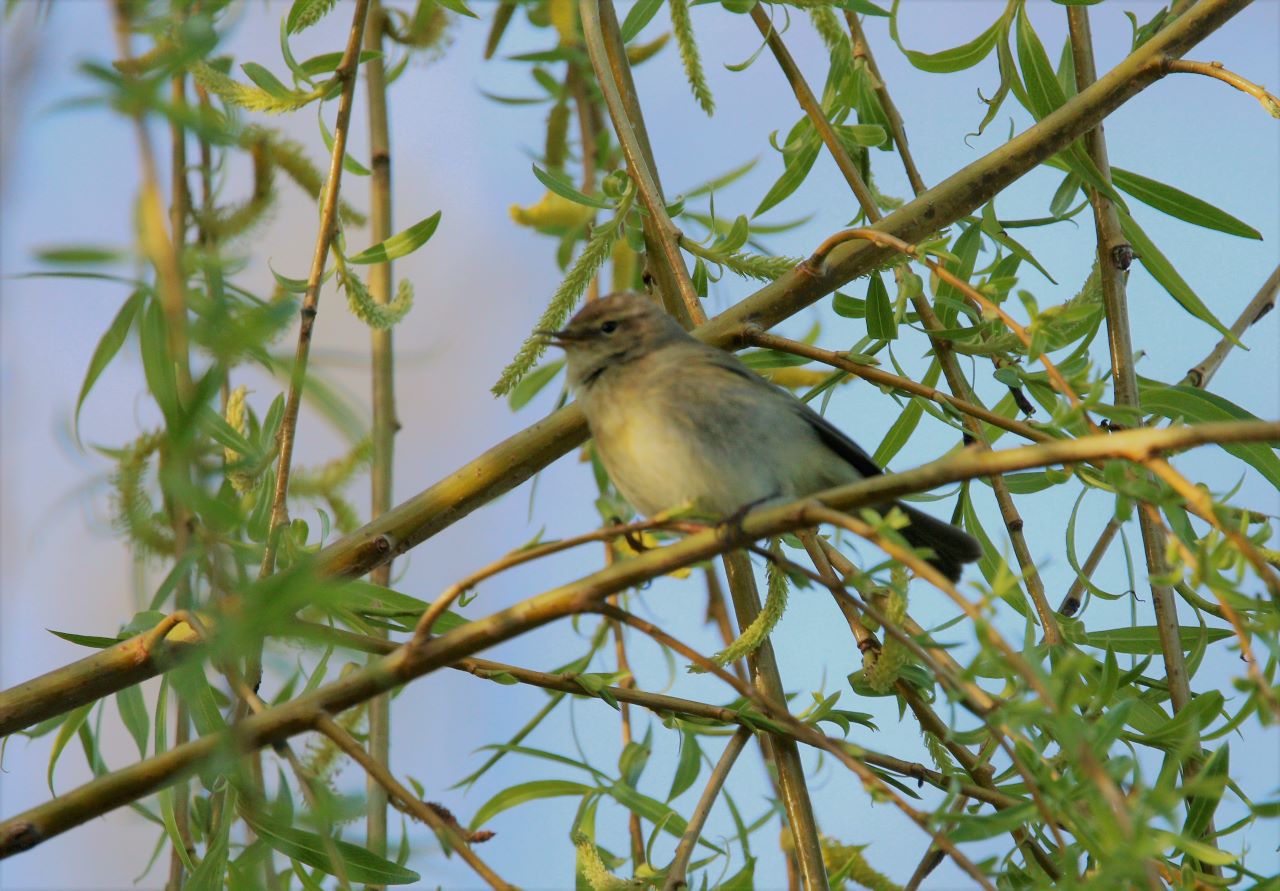
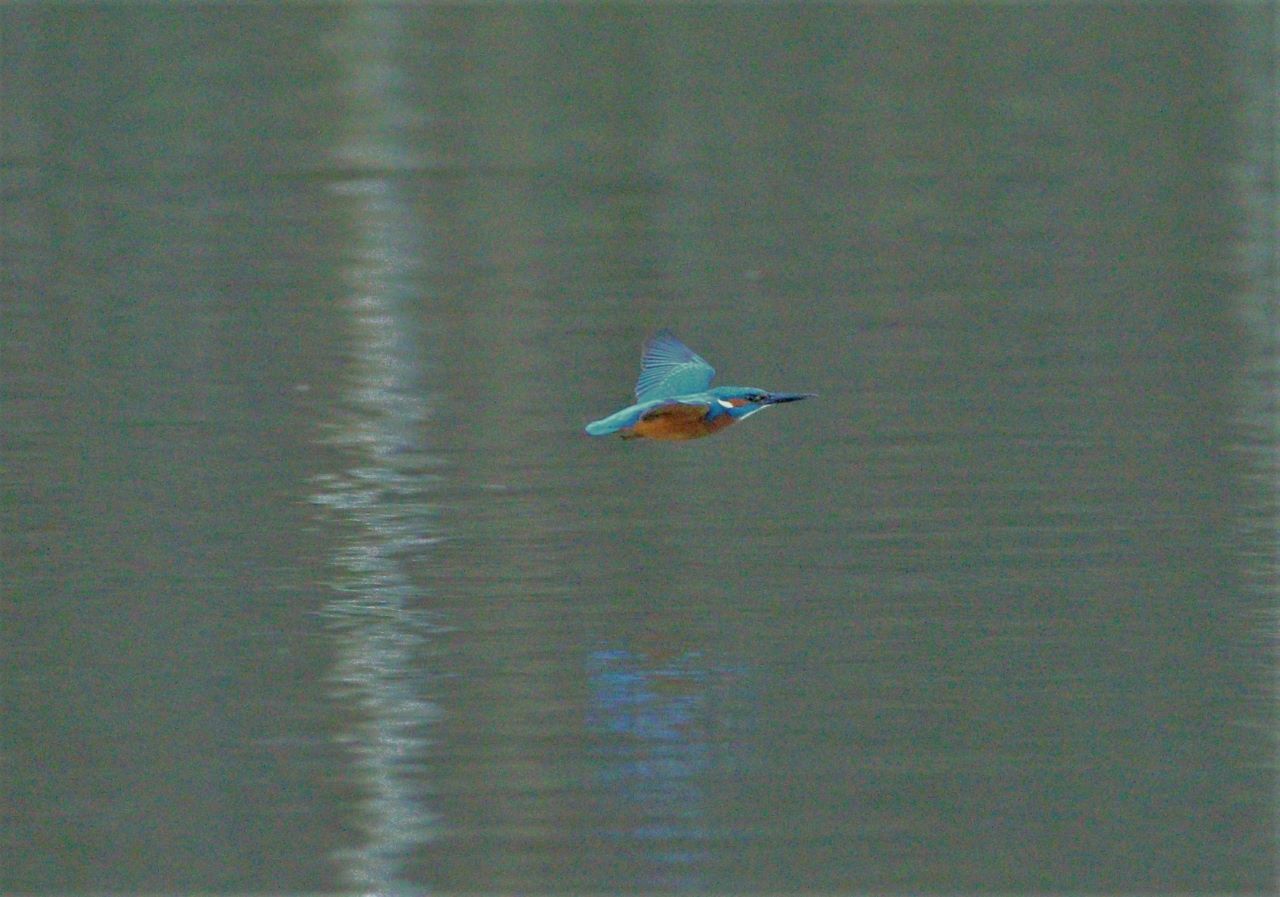
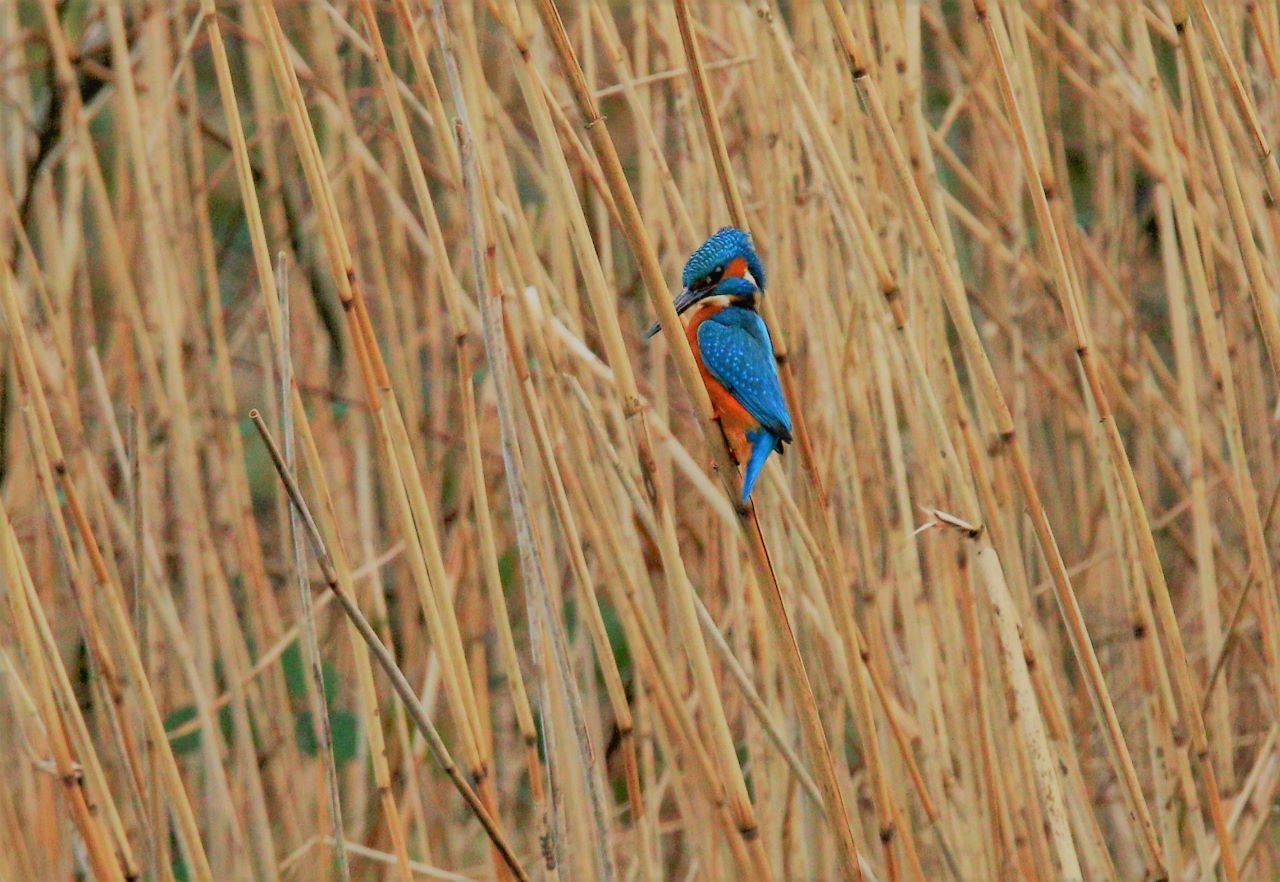
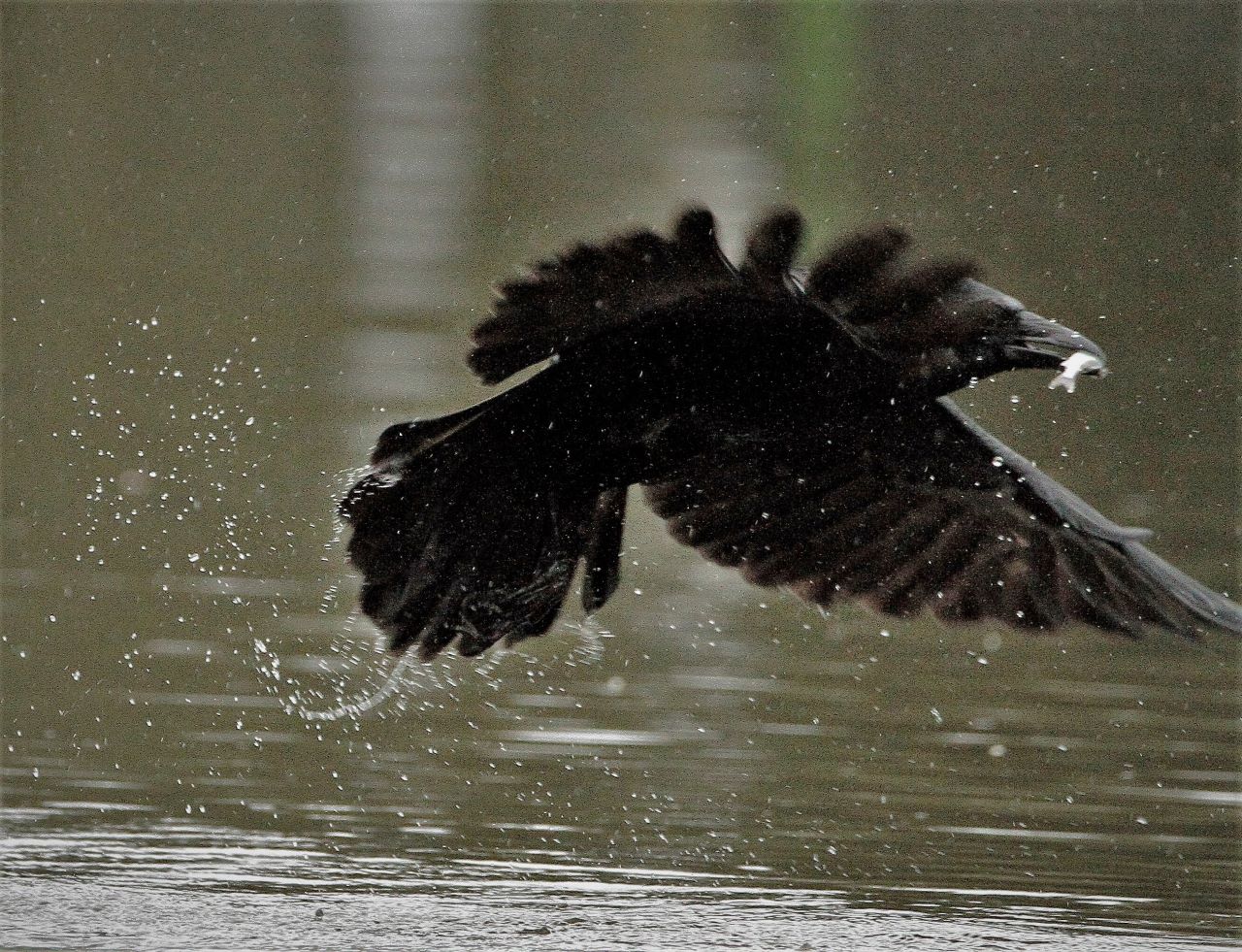

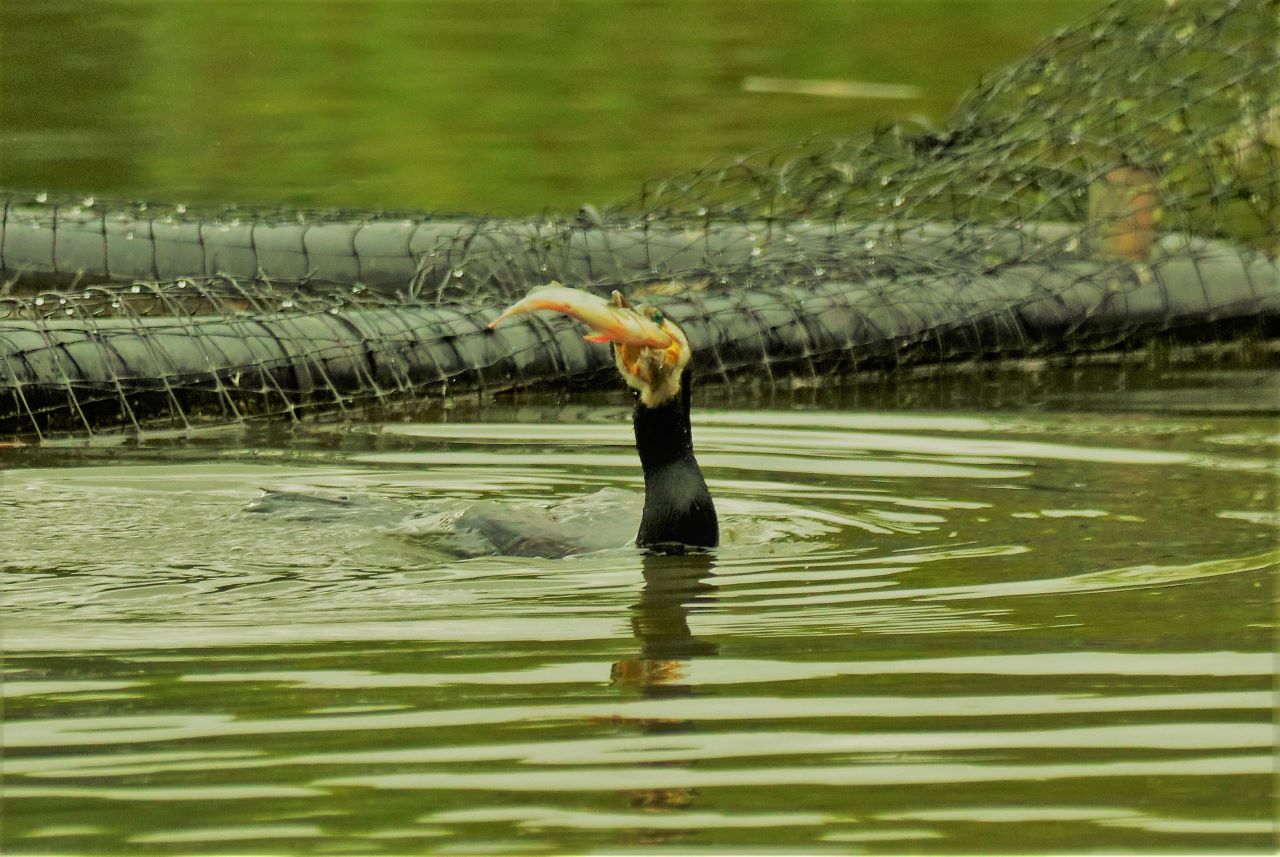
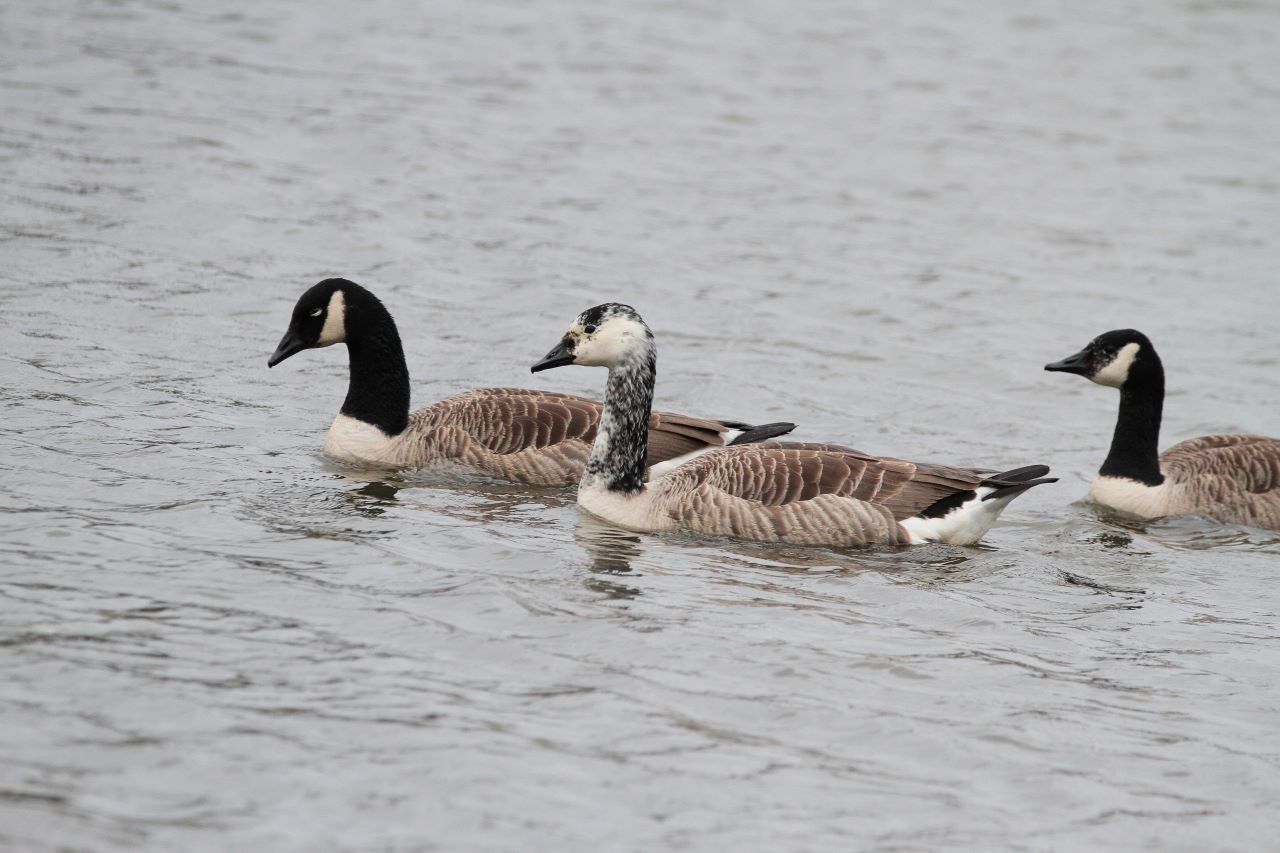


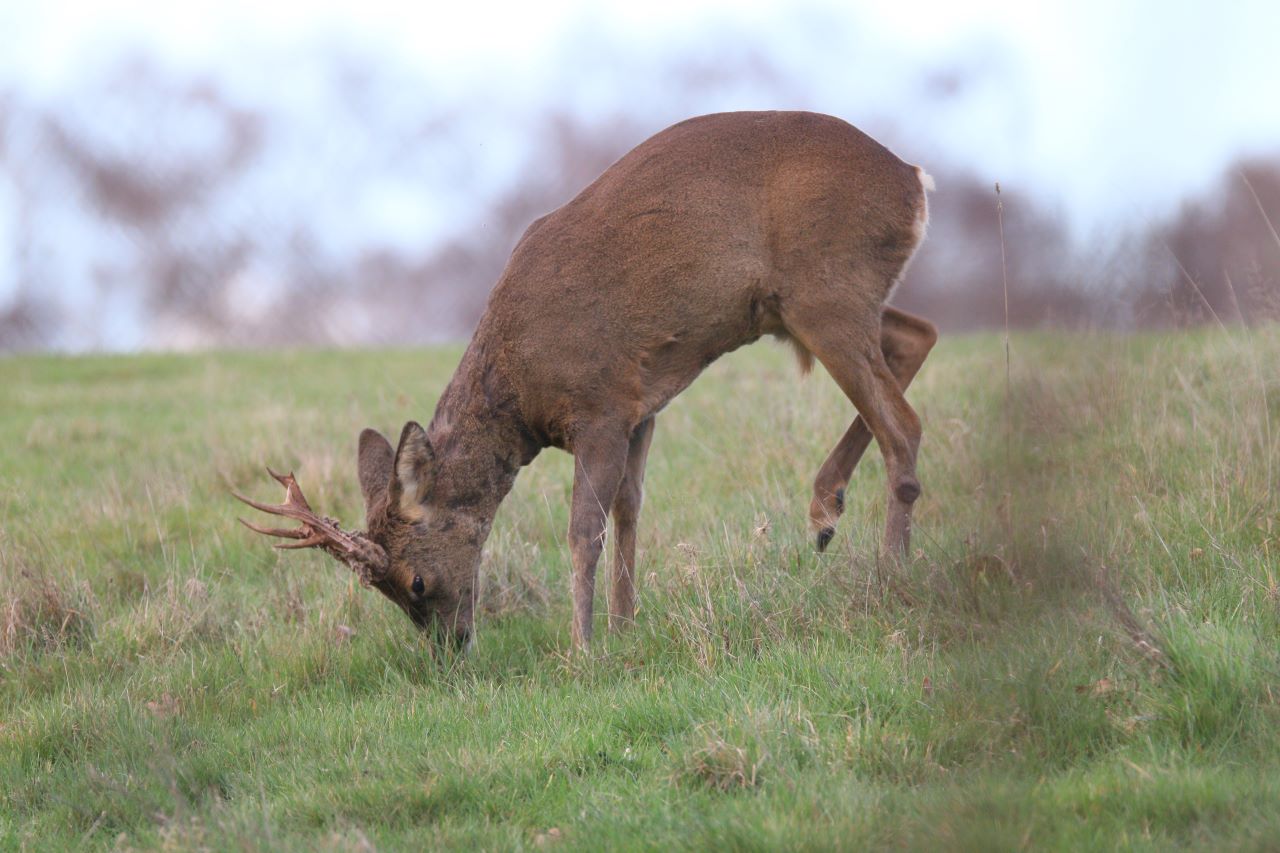
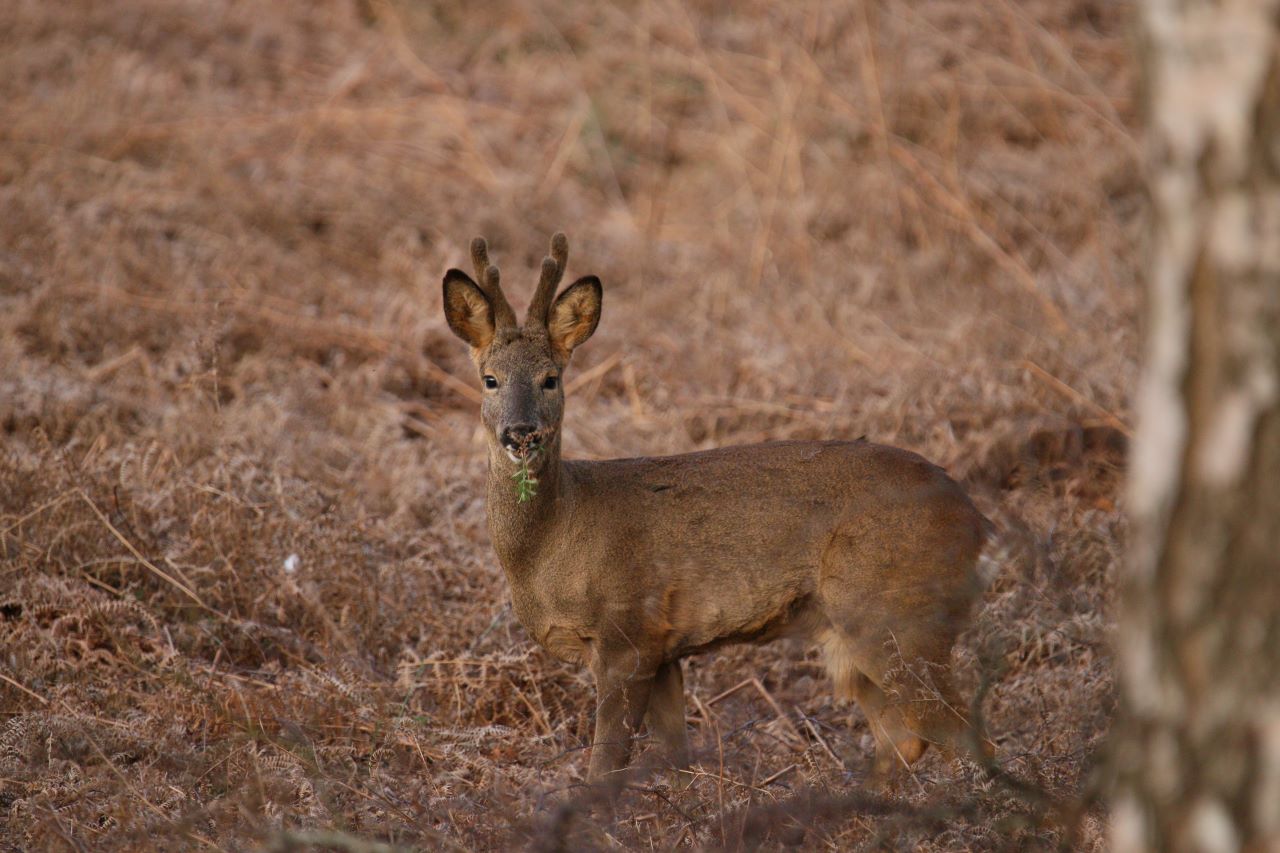
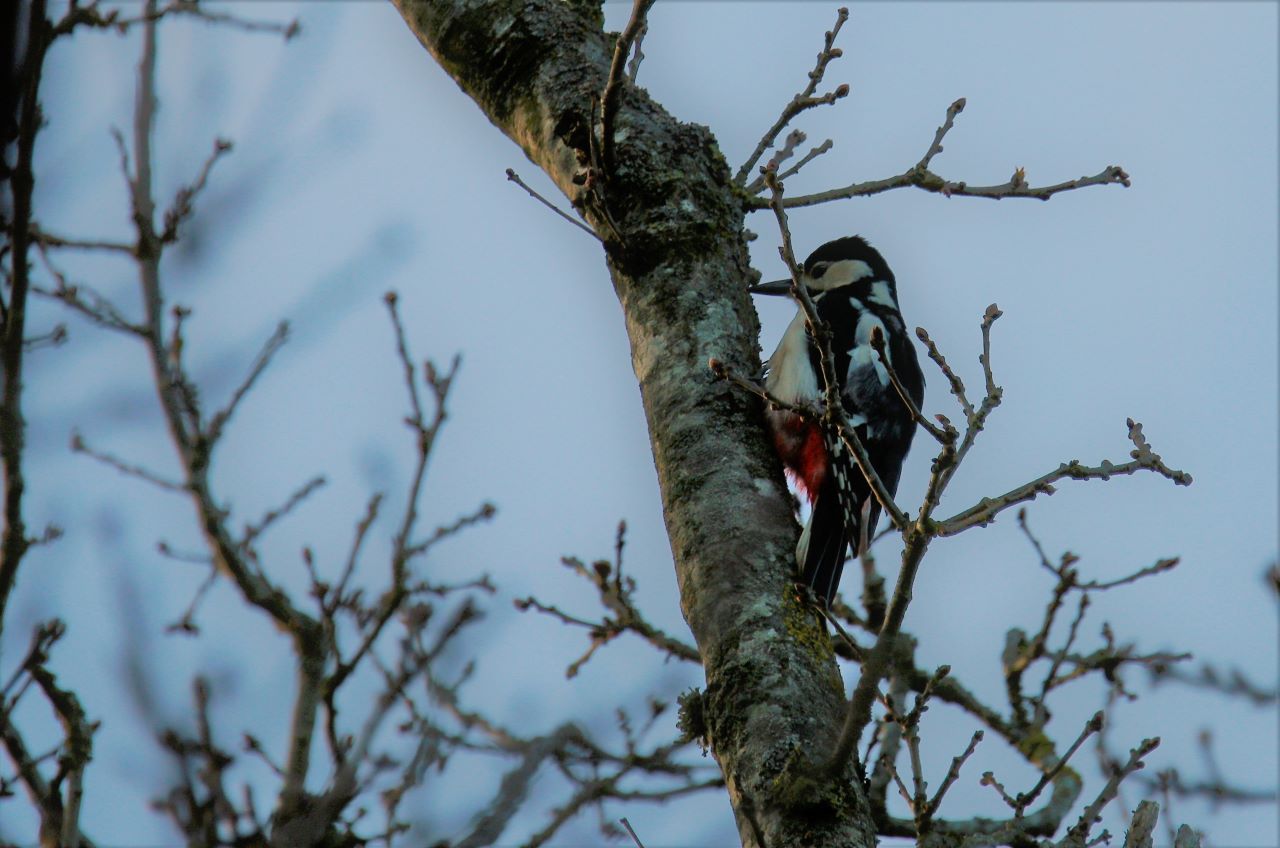
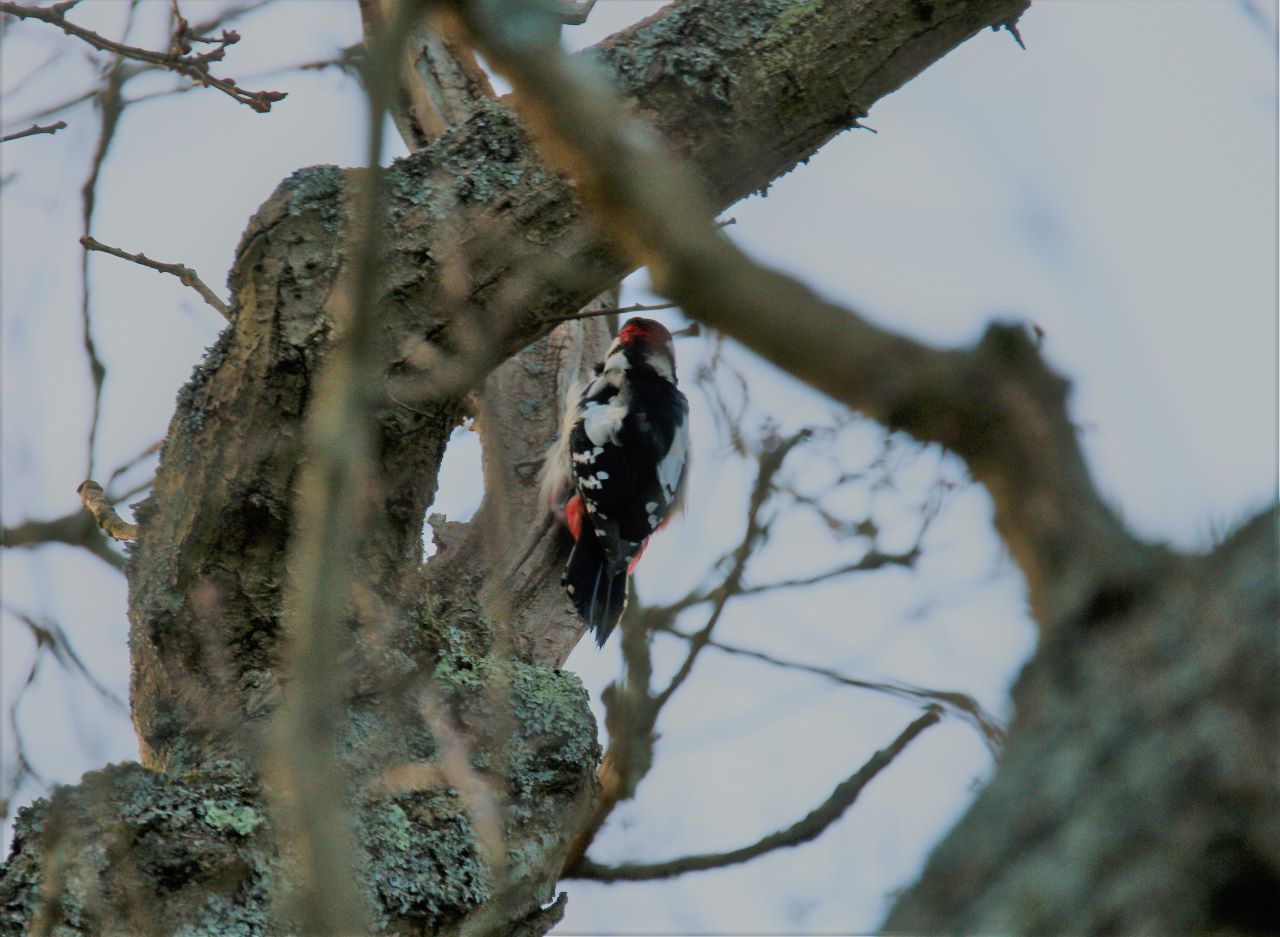
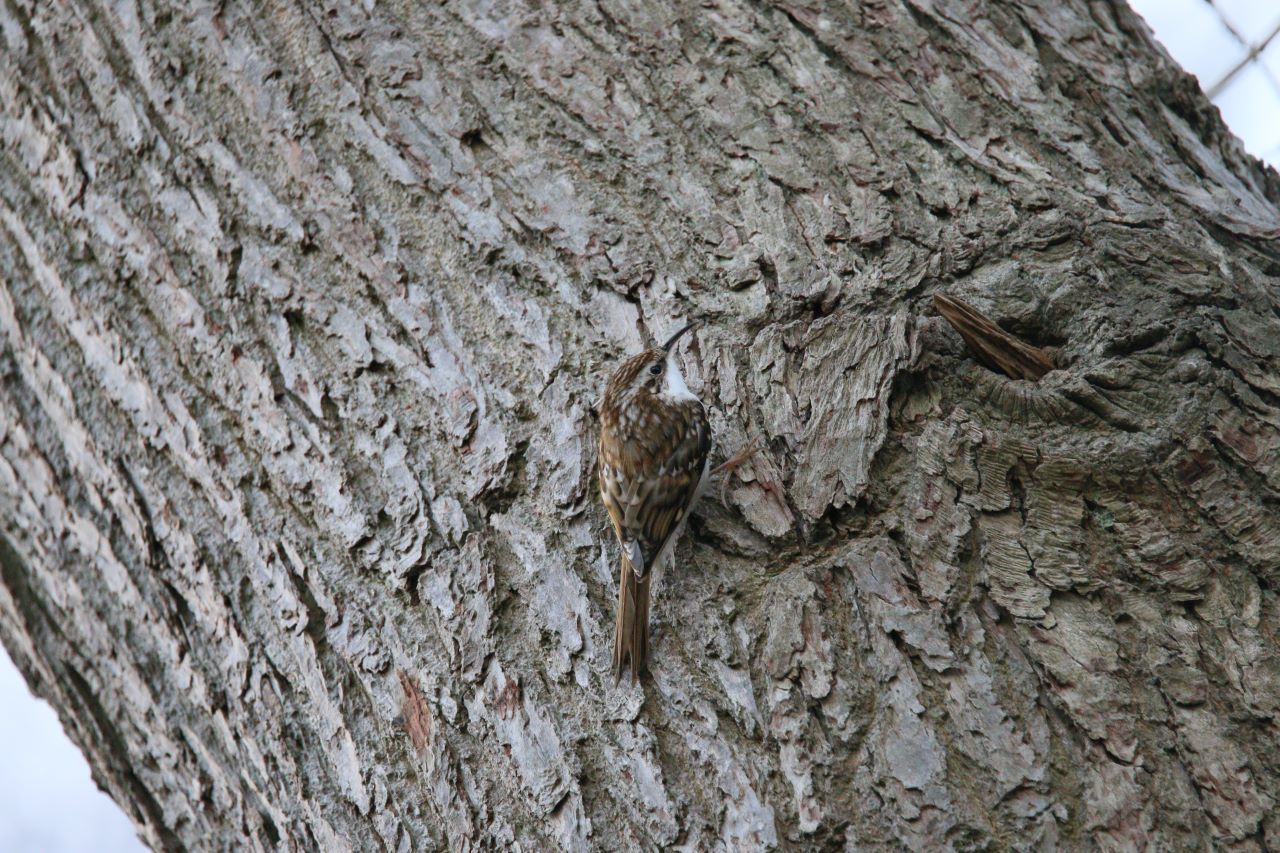
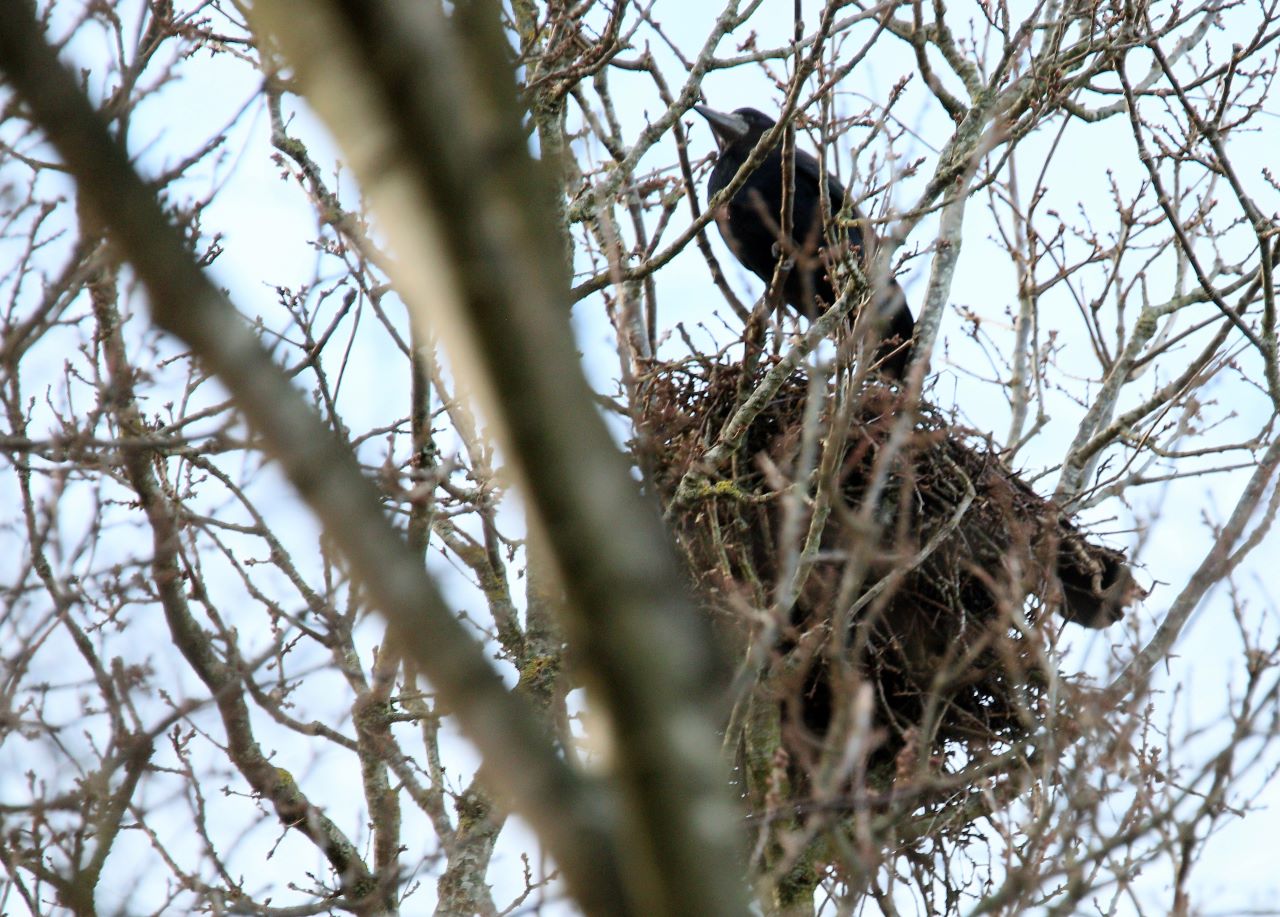
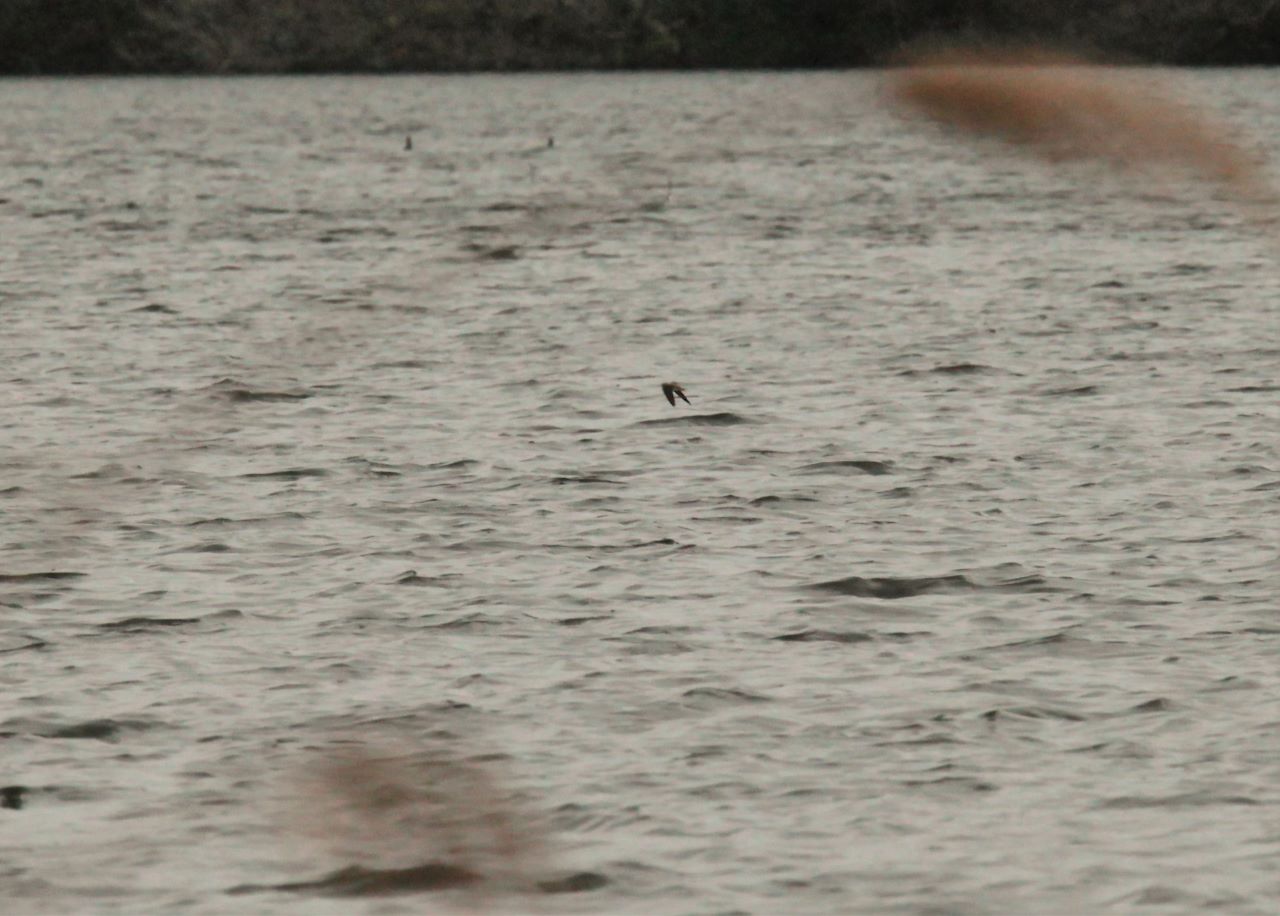
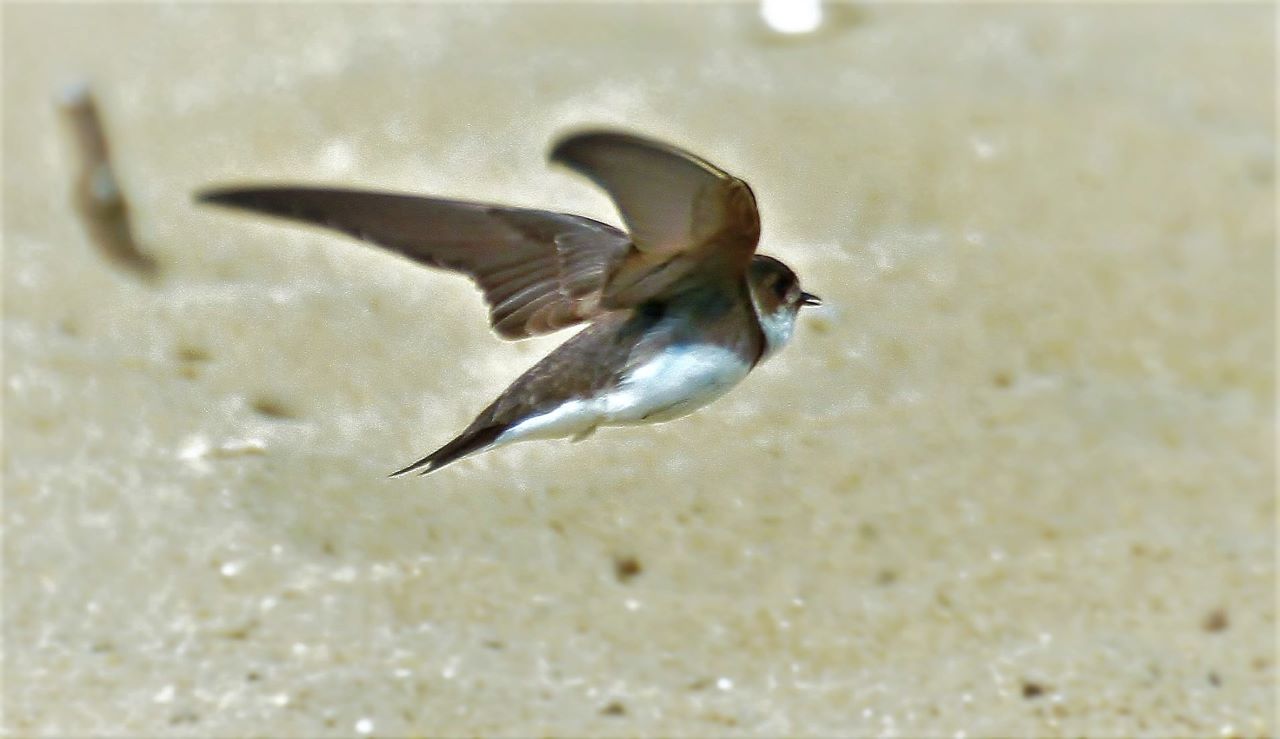
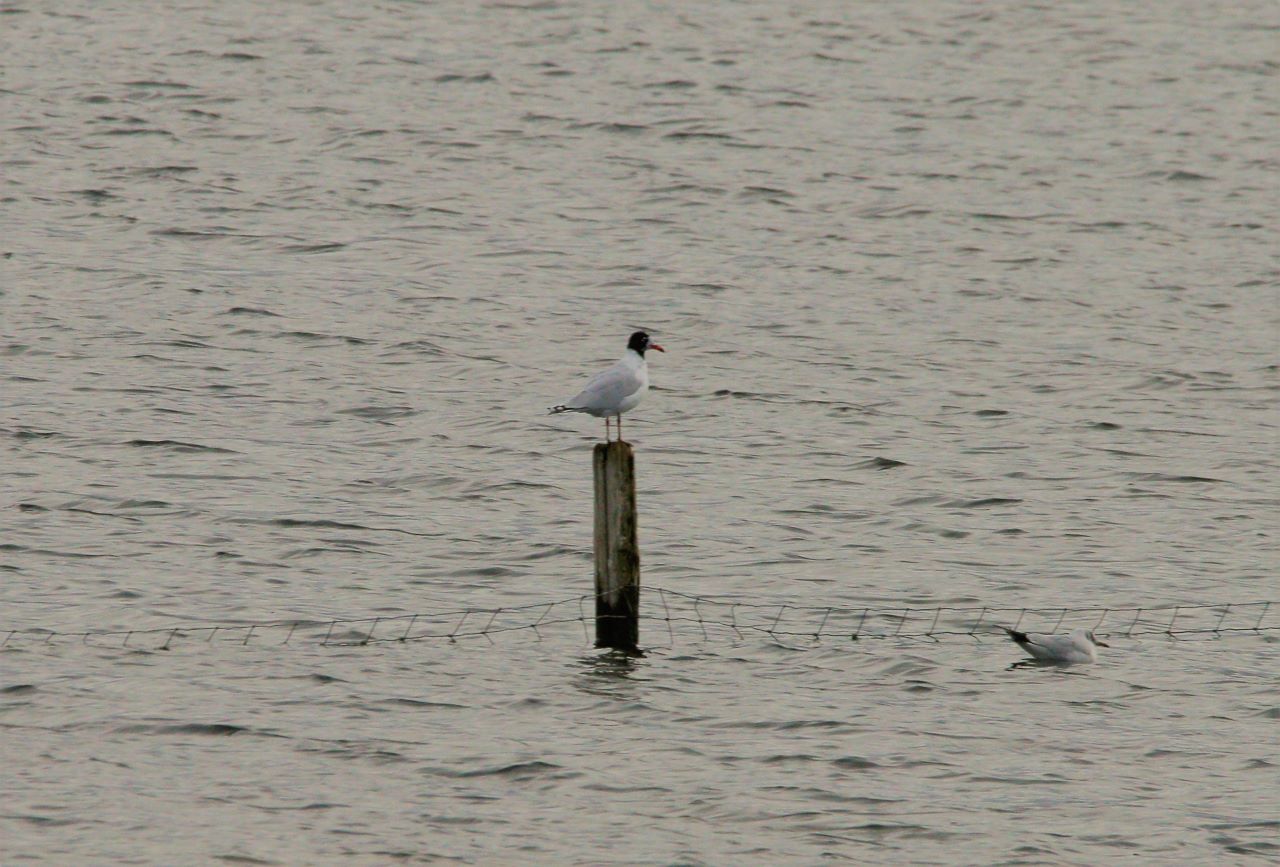
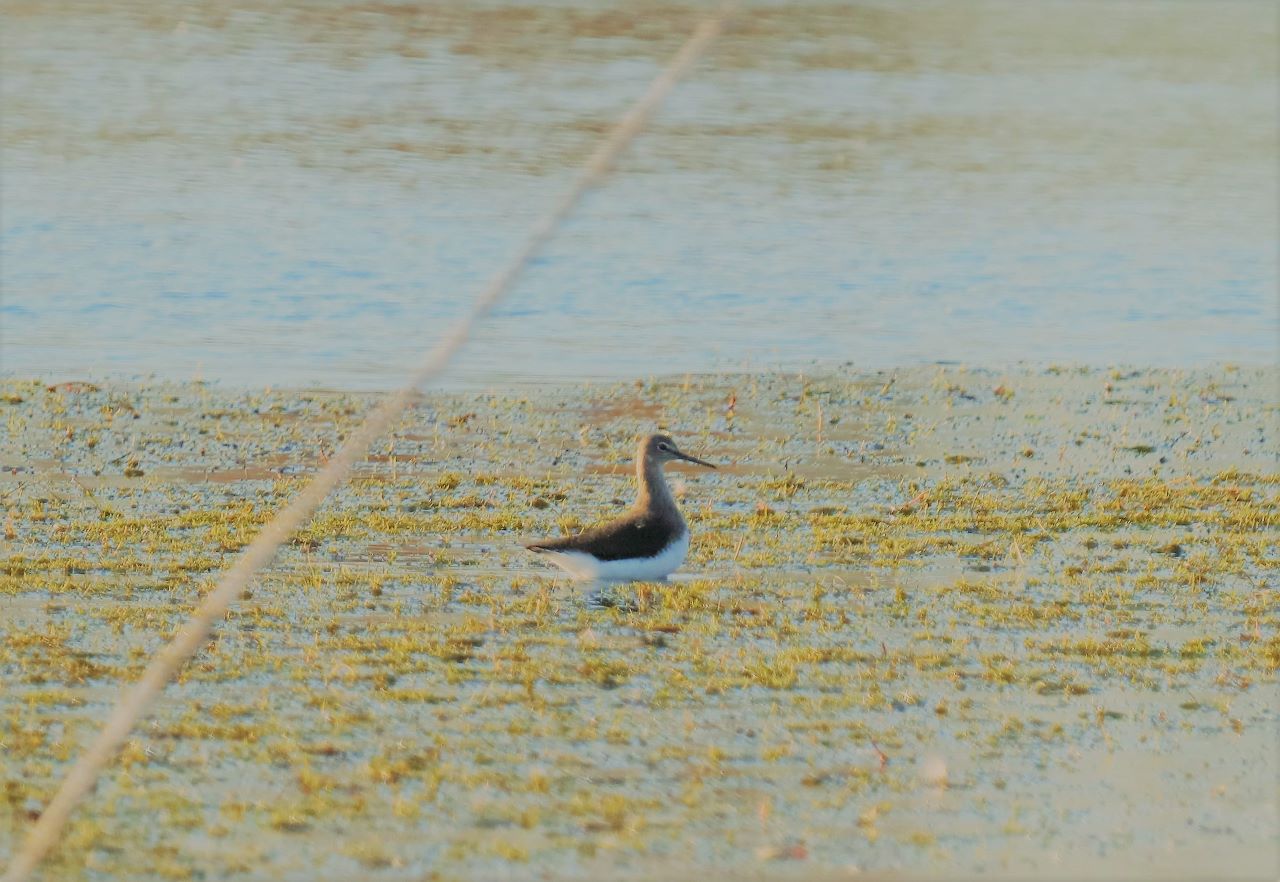
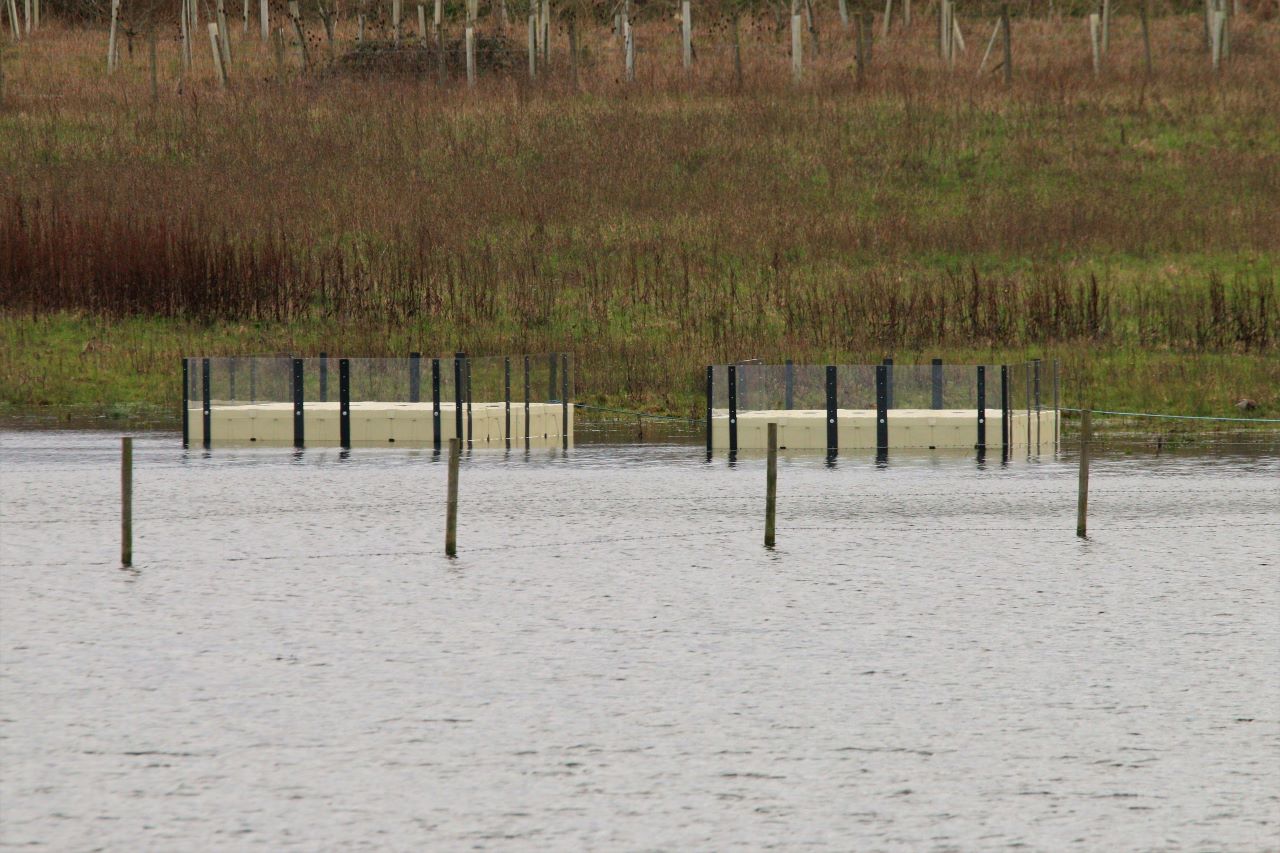
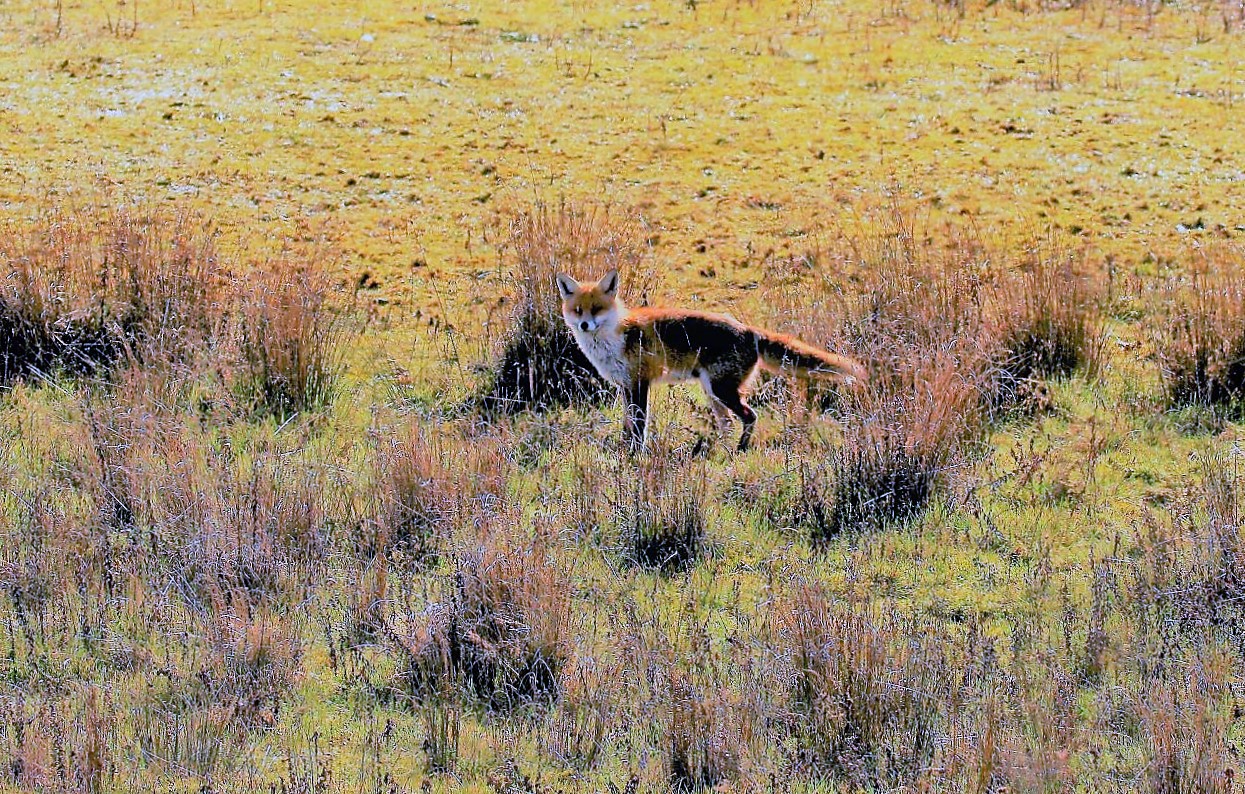
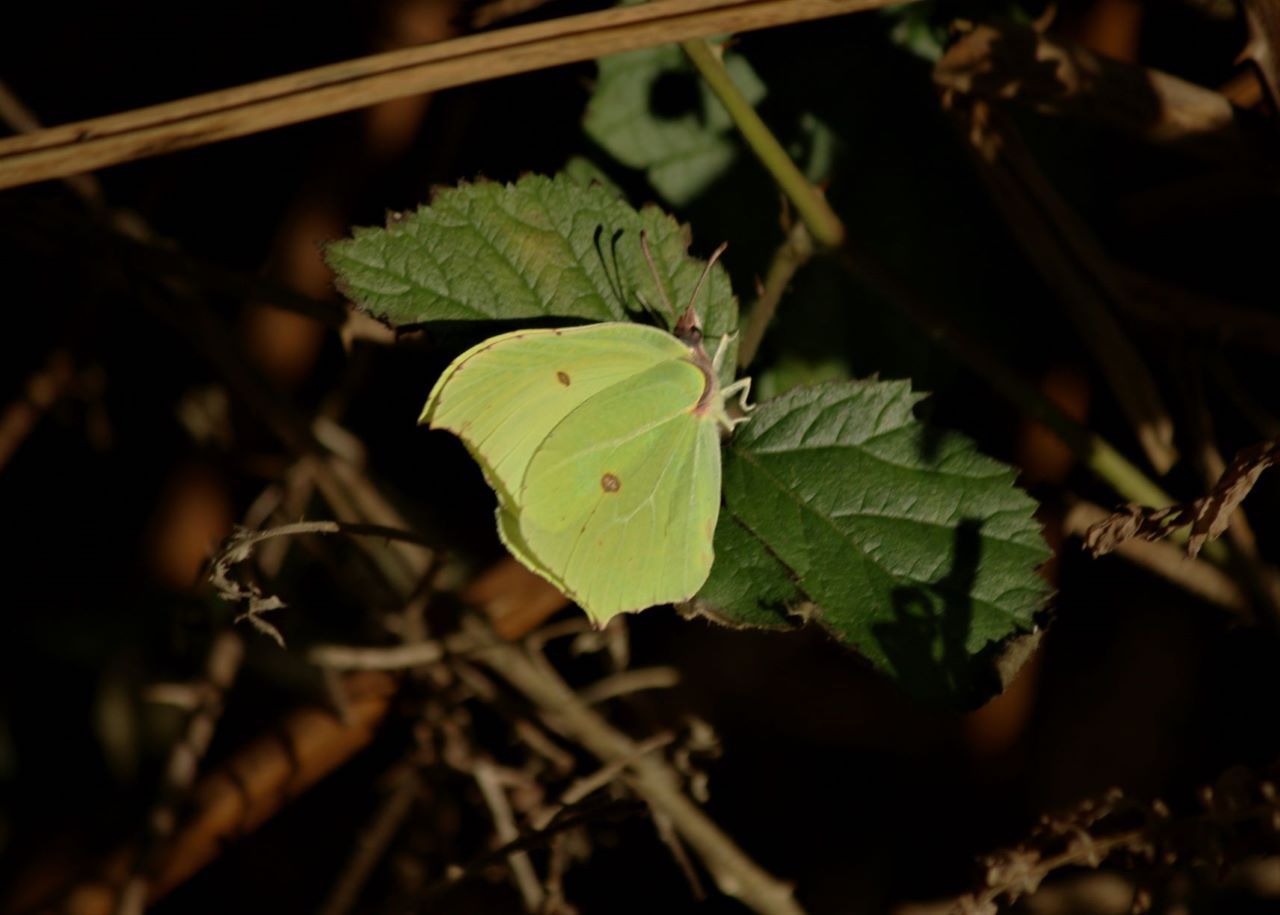
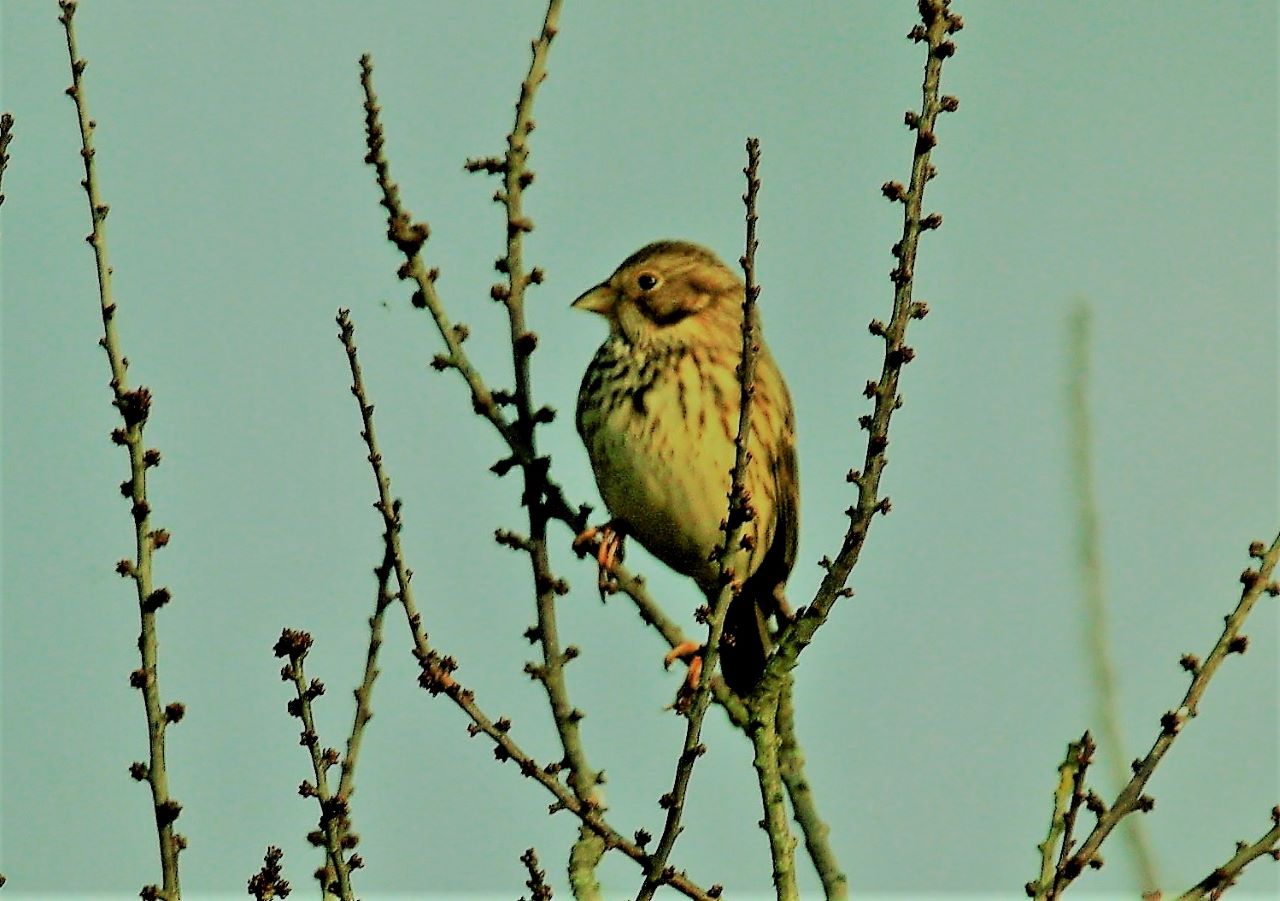
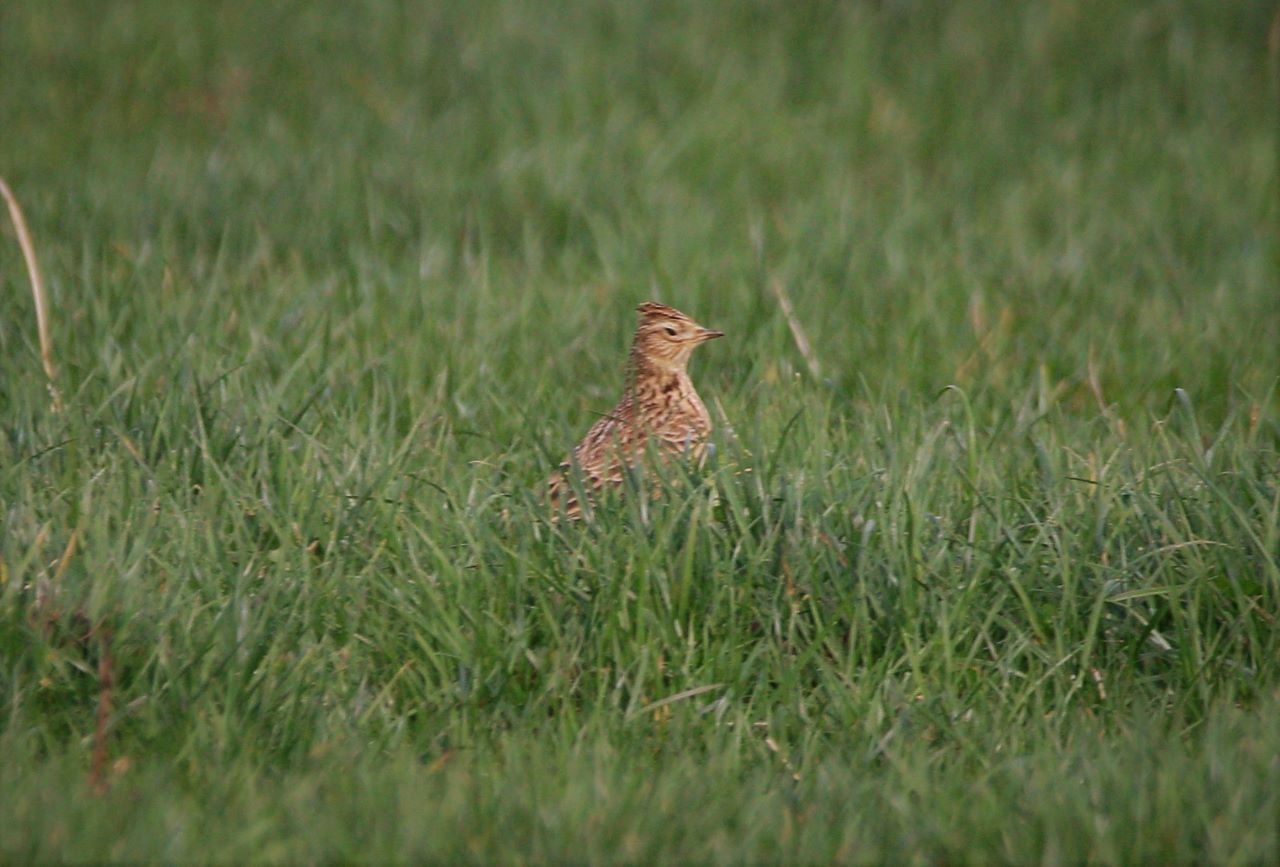
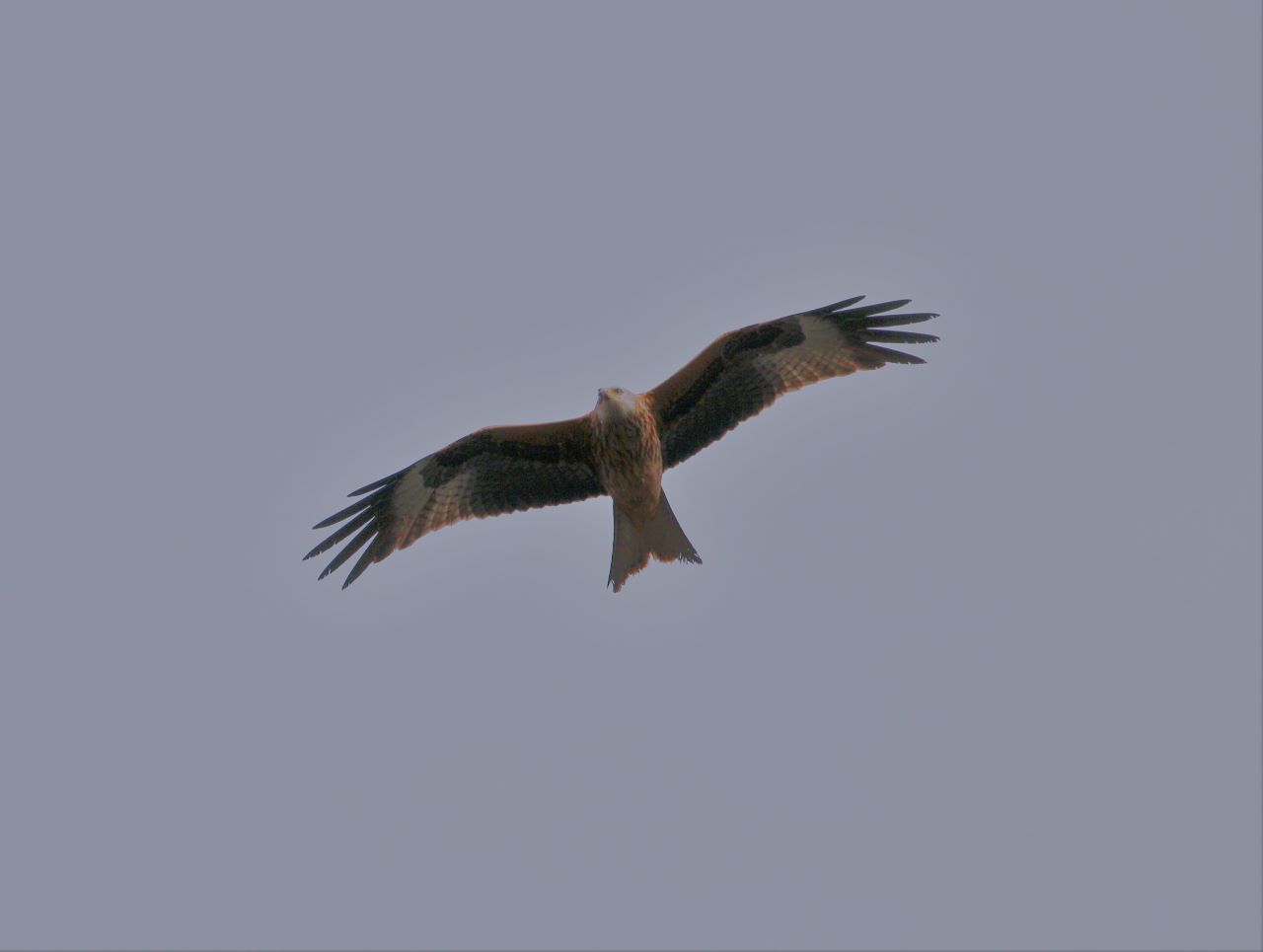
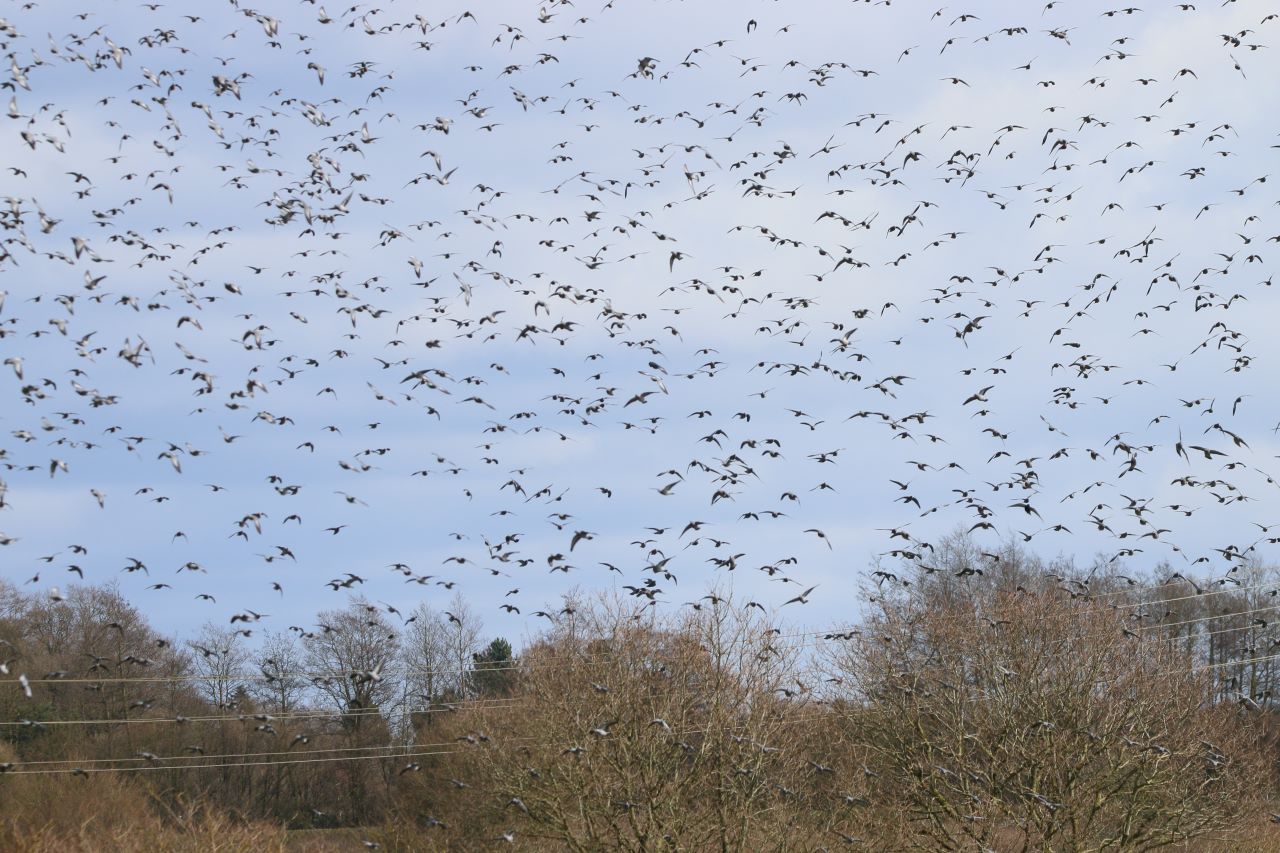


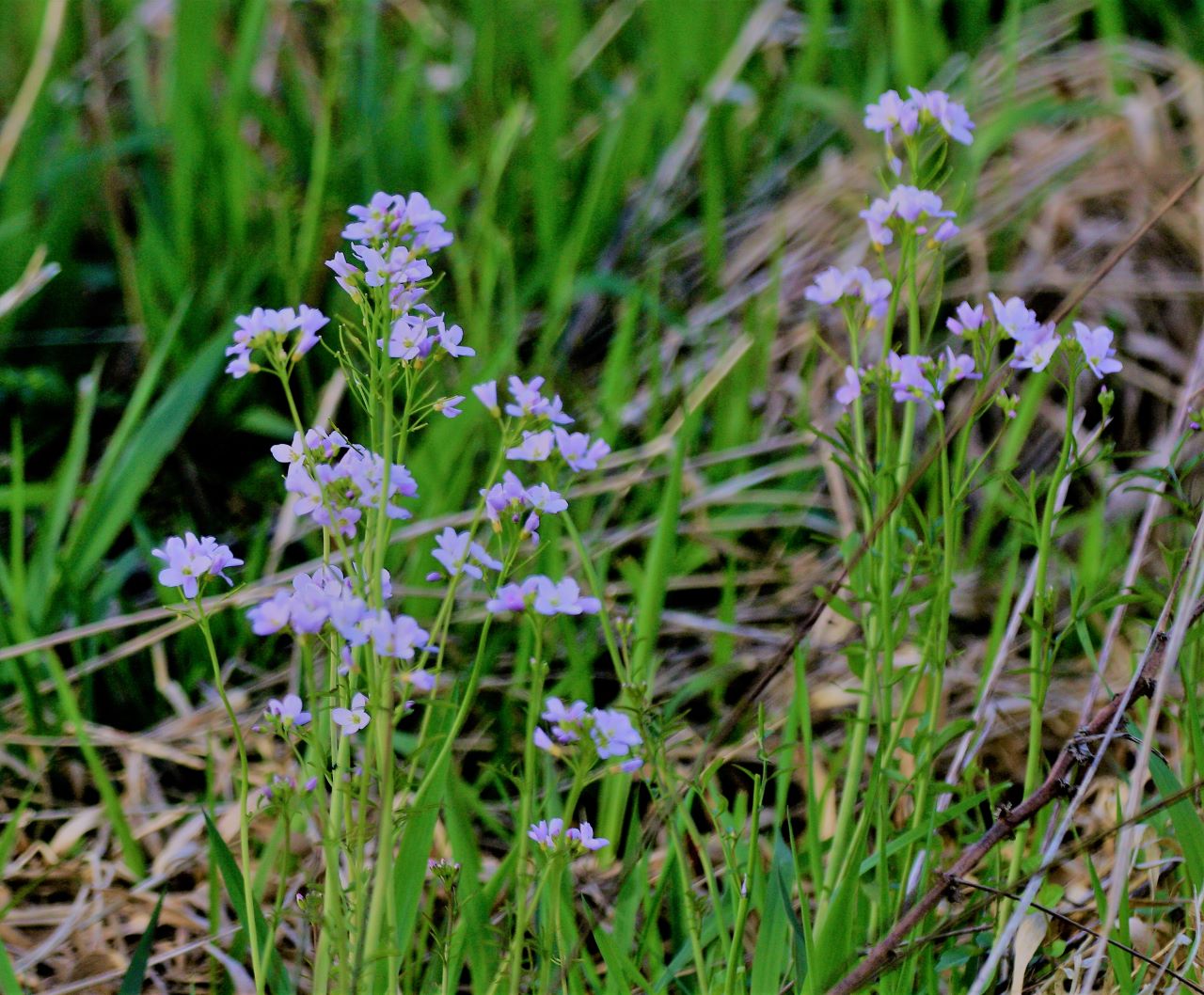
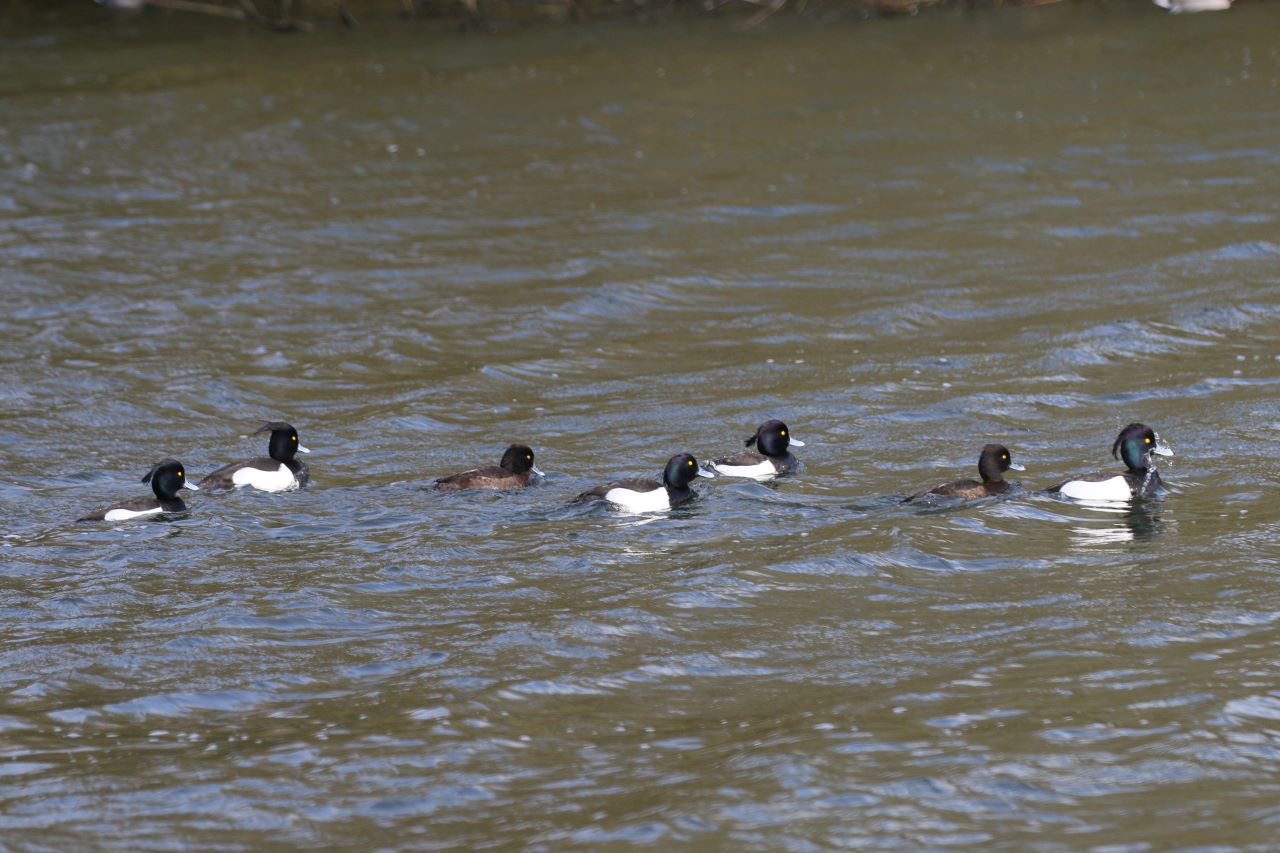

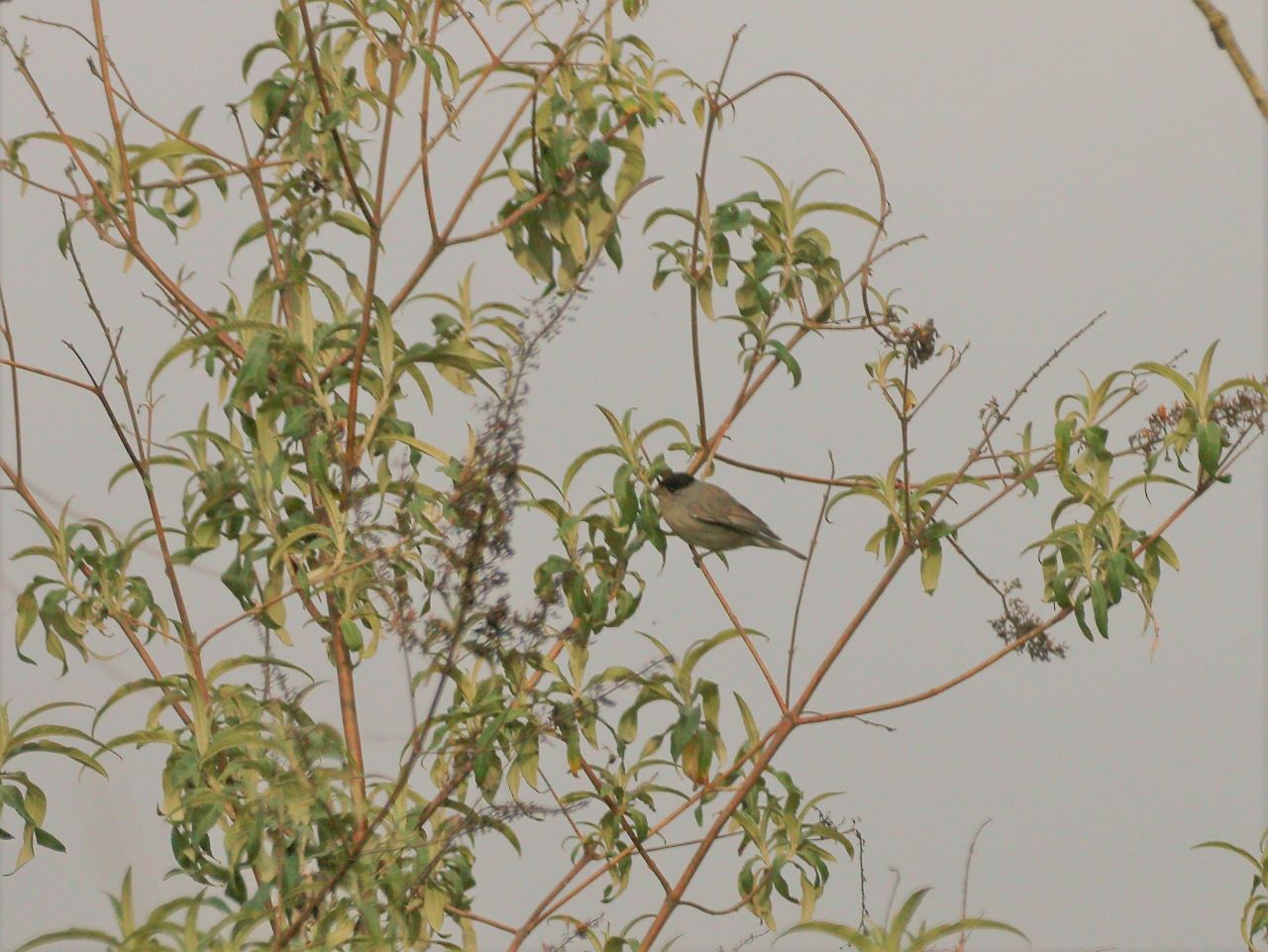






Sara Gillingham
April 5, 2023 at 8:53 am
Sounds as if chiffchaff numbers are up locally around Guildford, and I have never seen so many Dartford warblers at Whitmoor Common this Spring.
Makes up for the lack of over wintering siskin and brambling. Who knows whether we will see Waxings ever again around North Camp?
Harry Eve
April 5, 2023 at 11:03 pm
Great photo of the mining bee. Looking forward to more insect photos from Malcolm Fincham as the weather warms up.